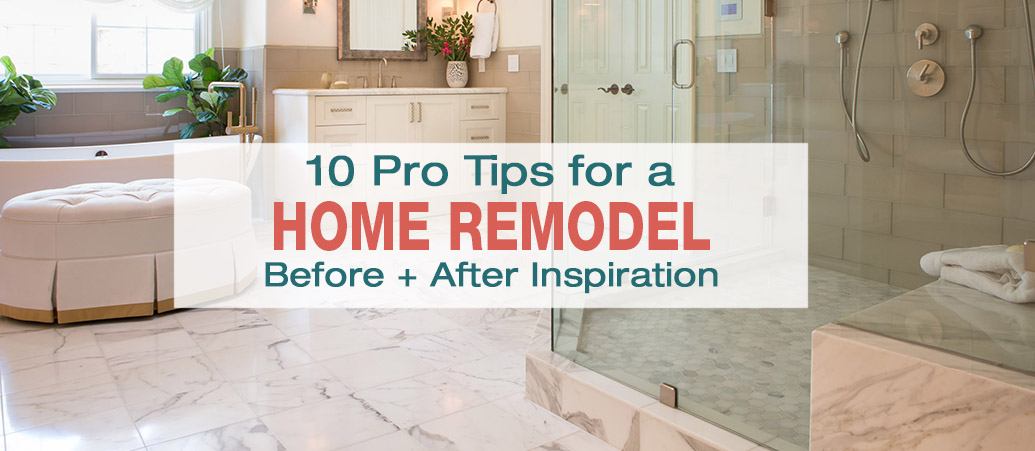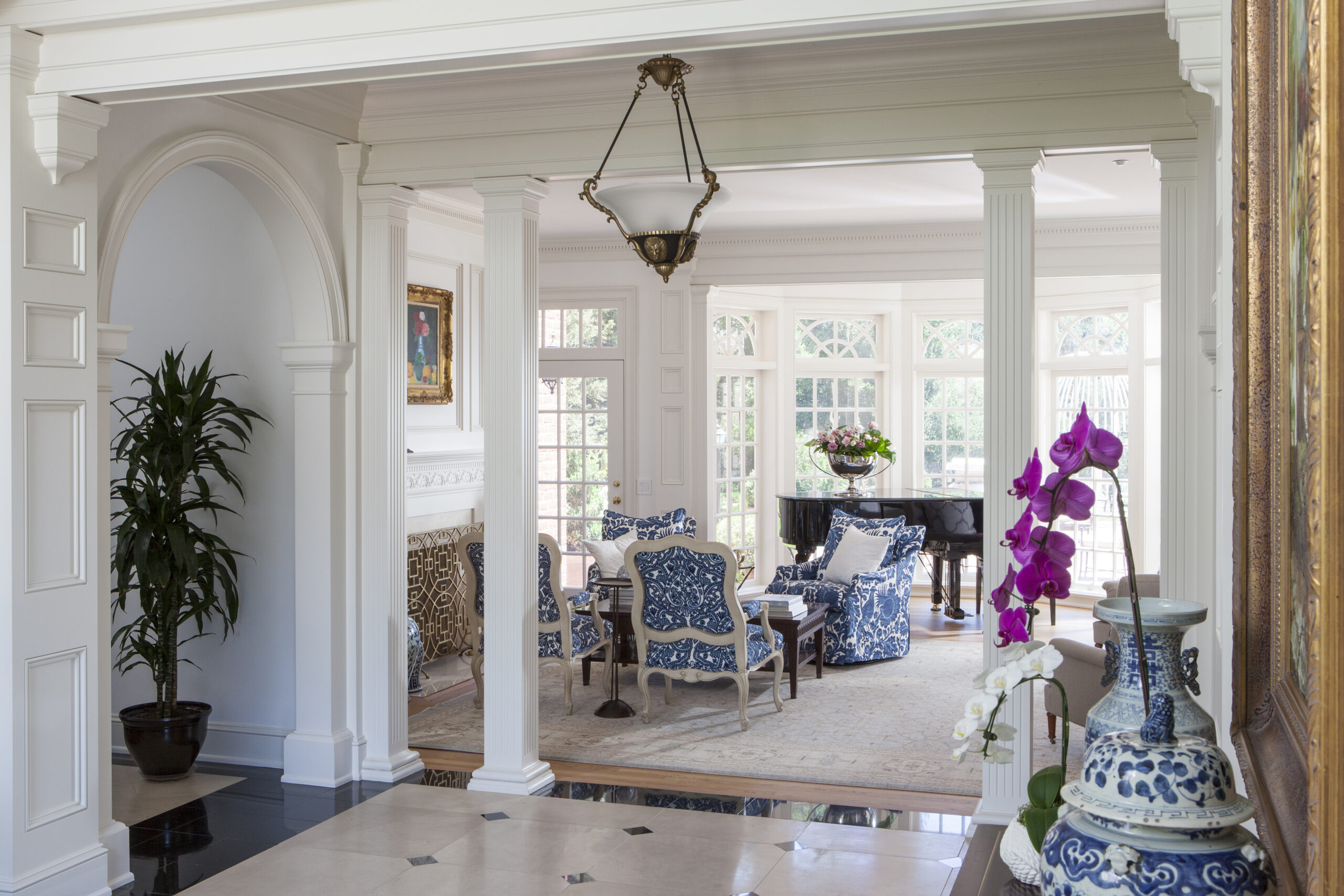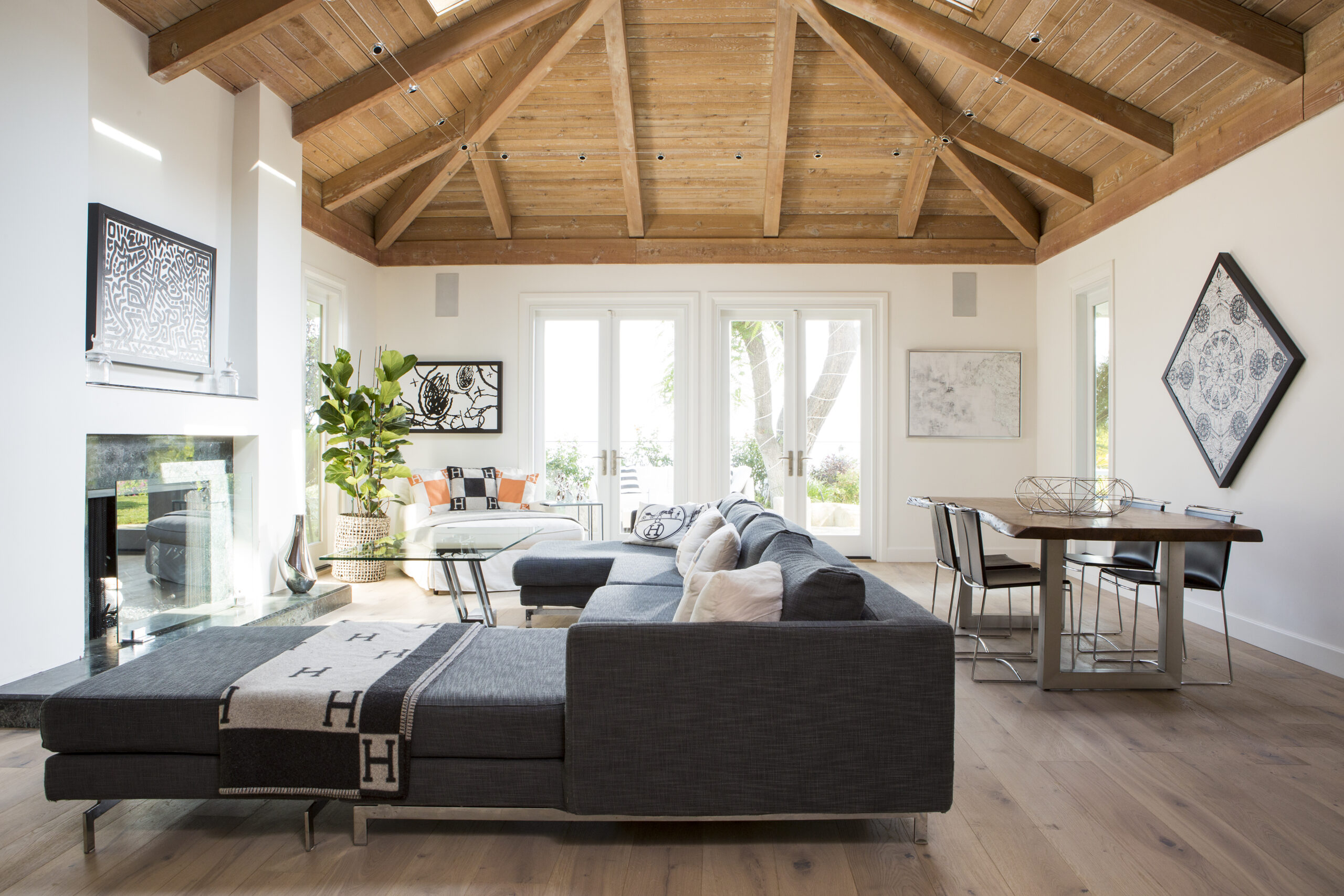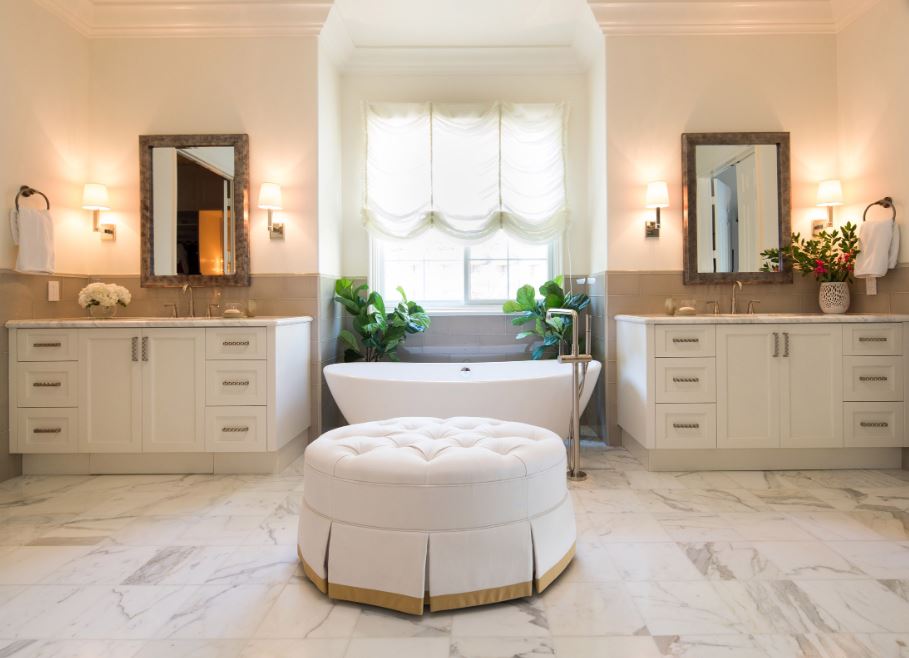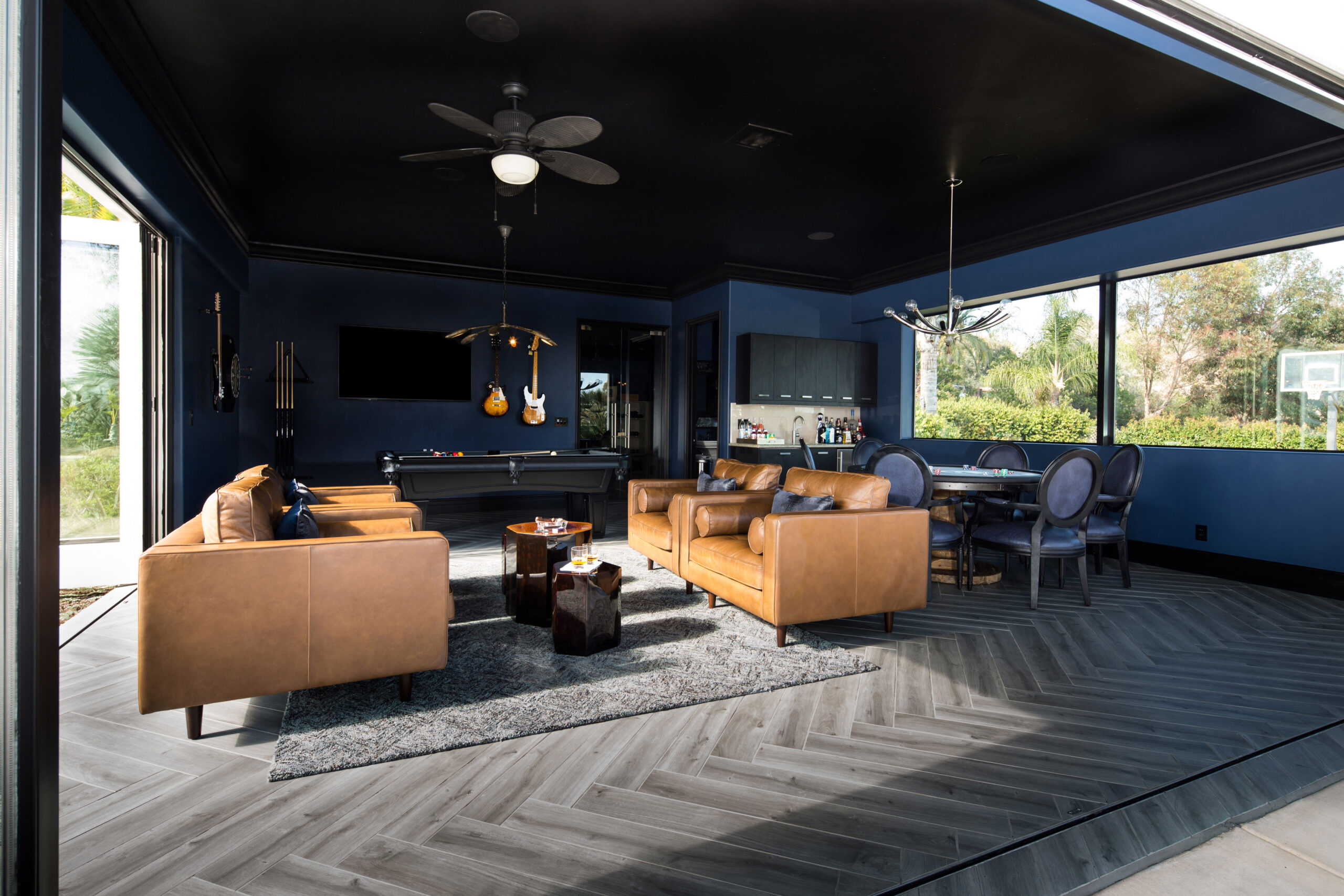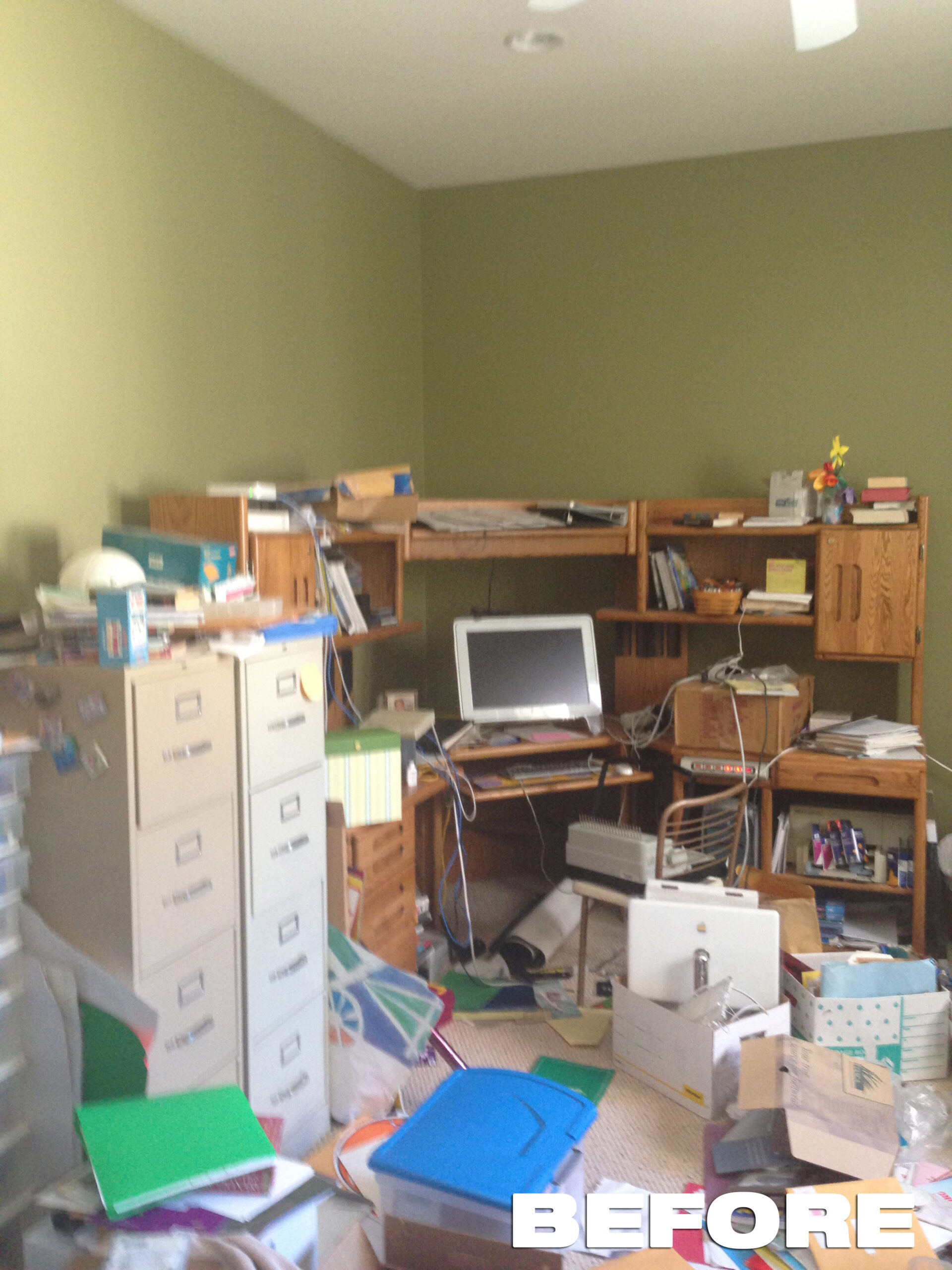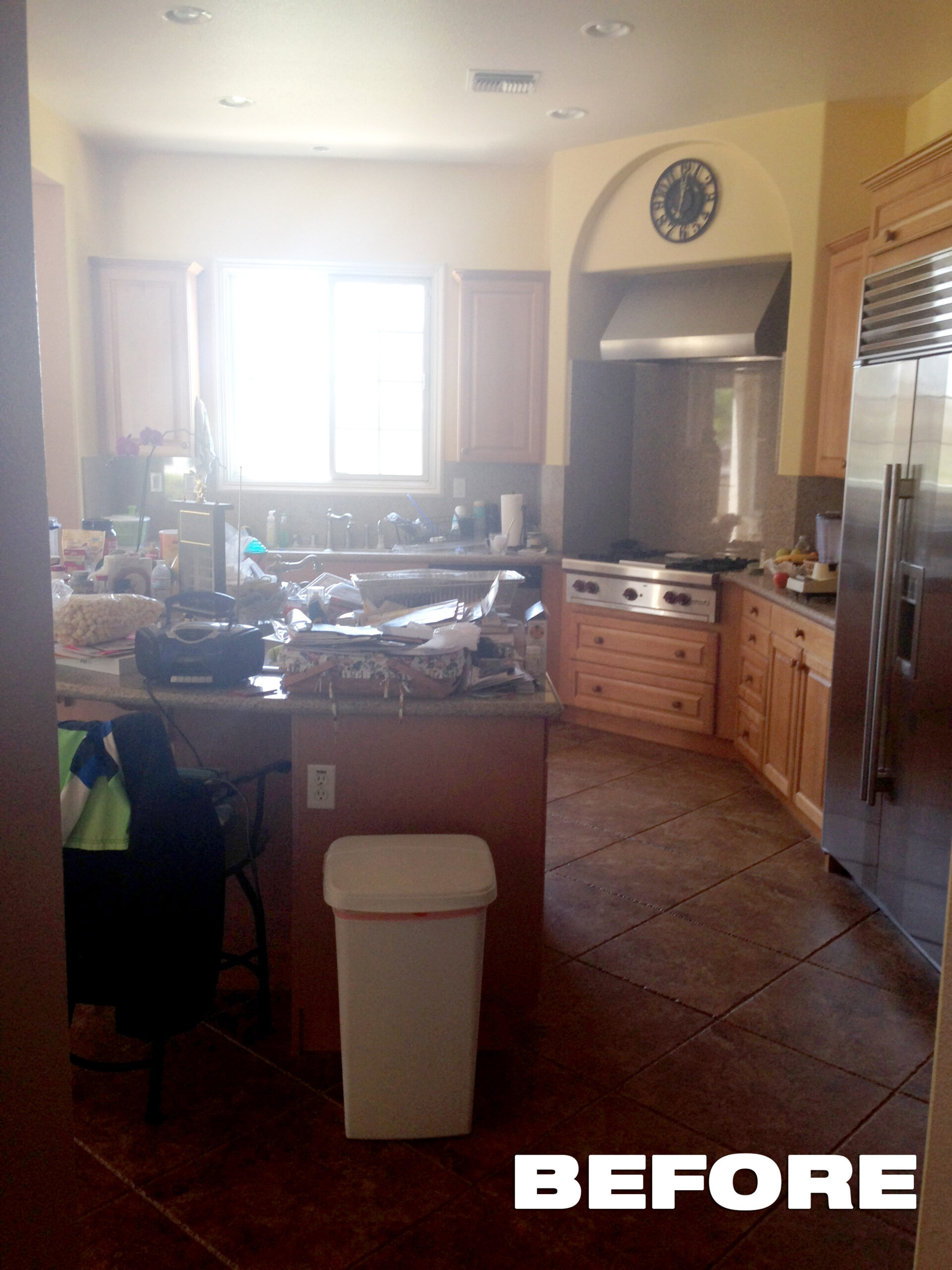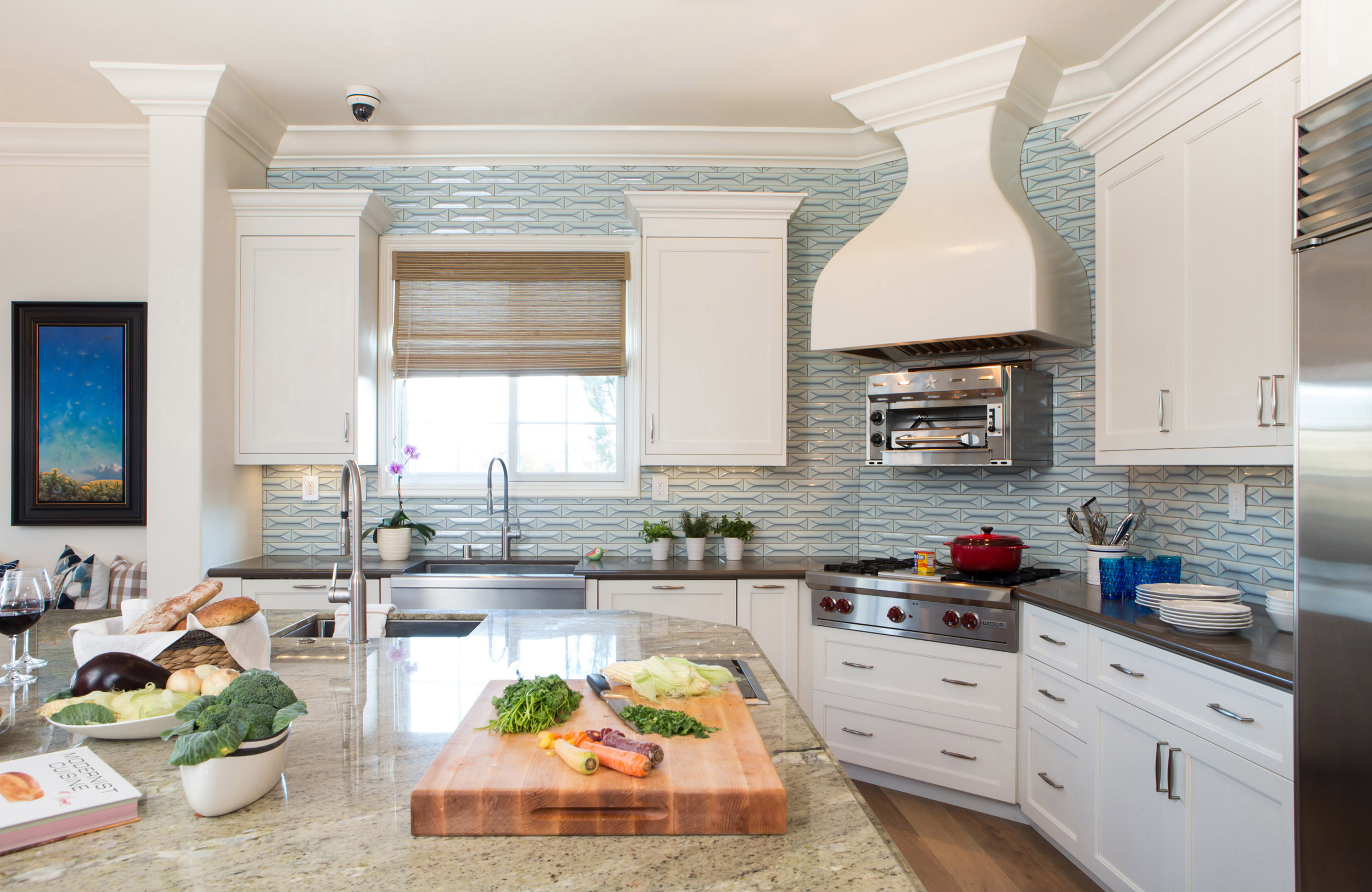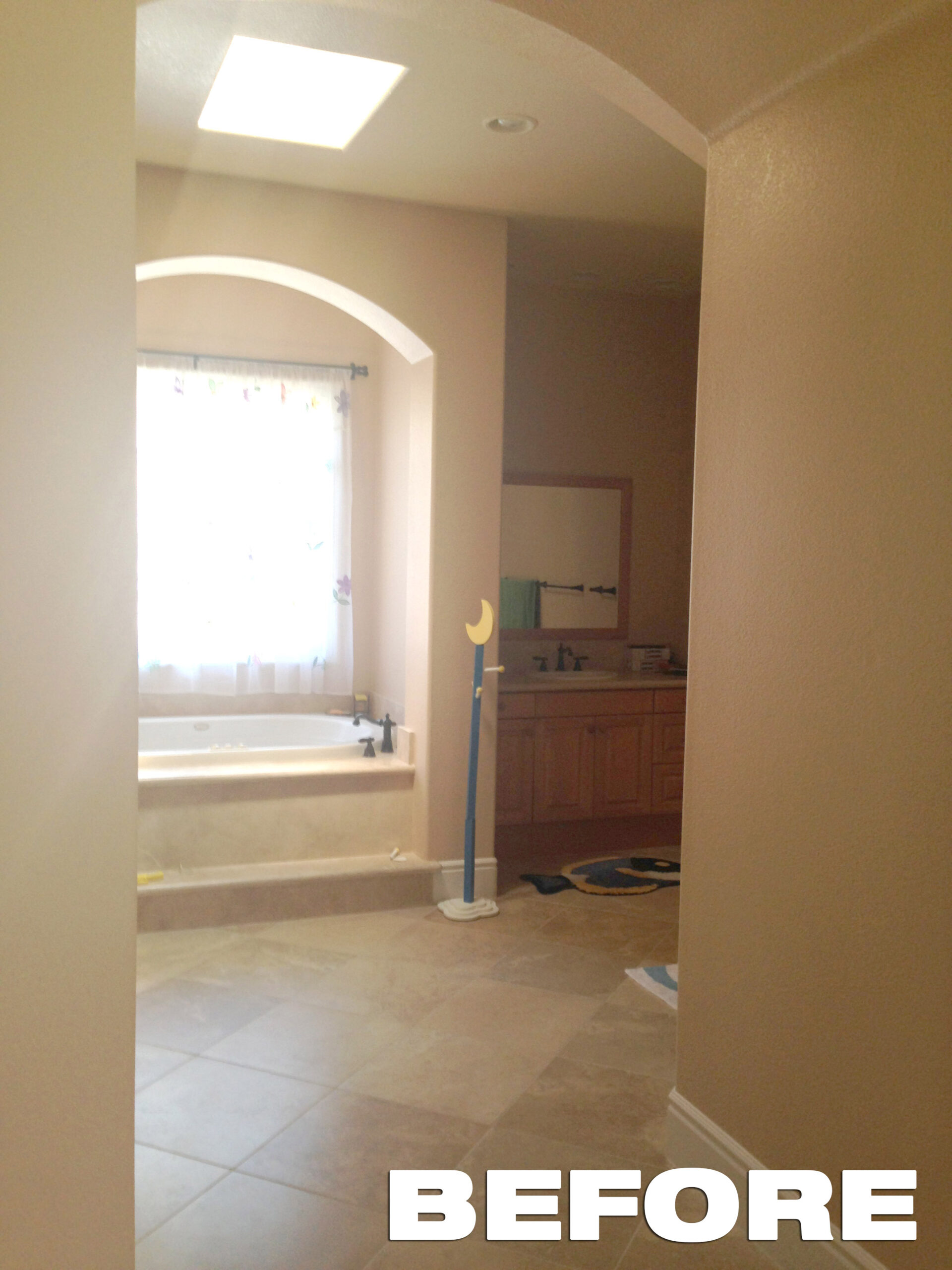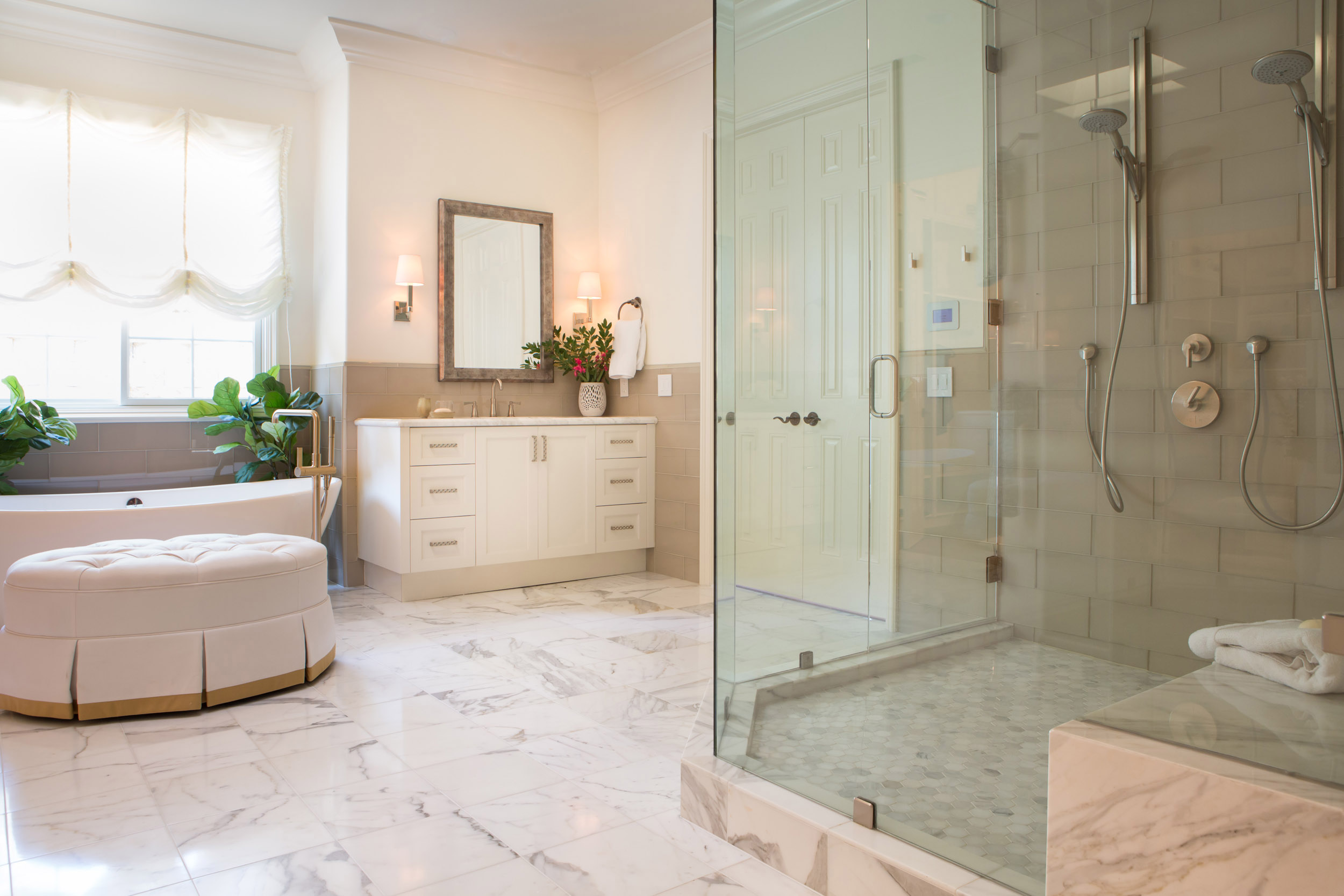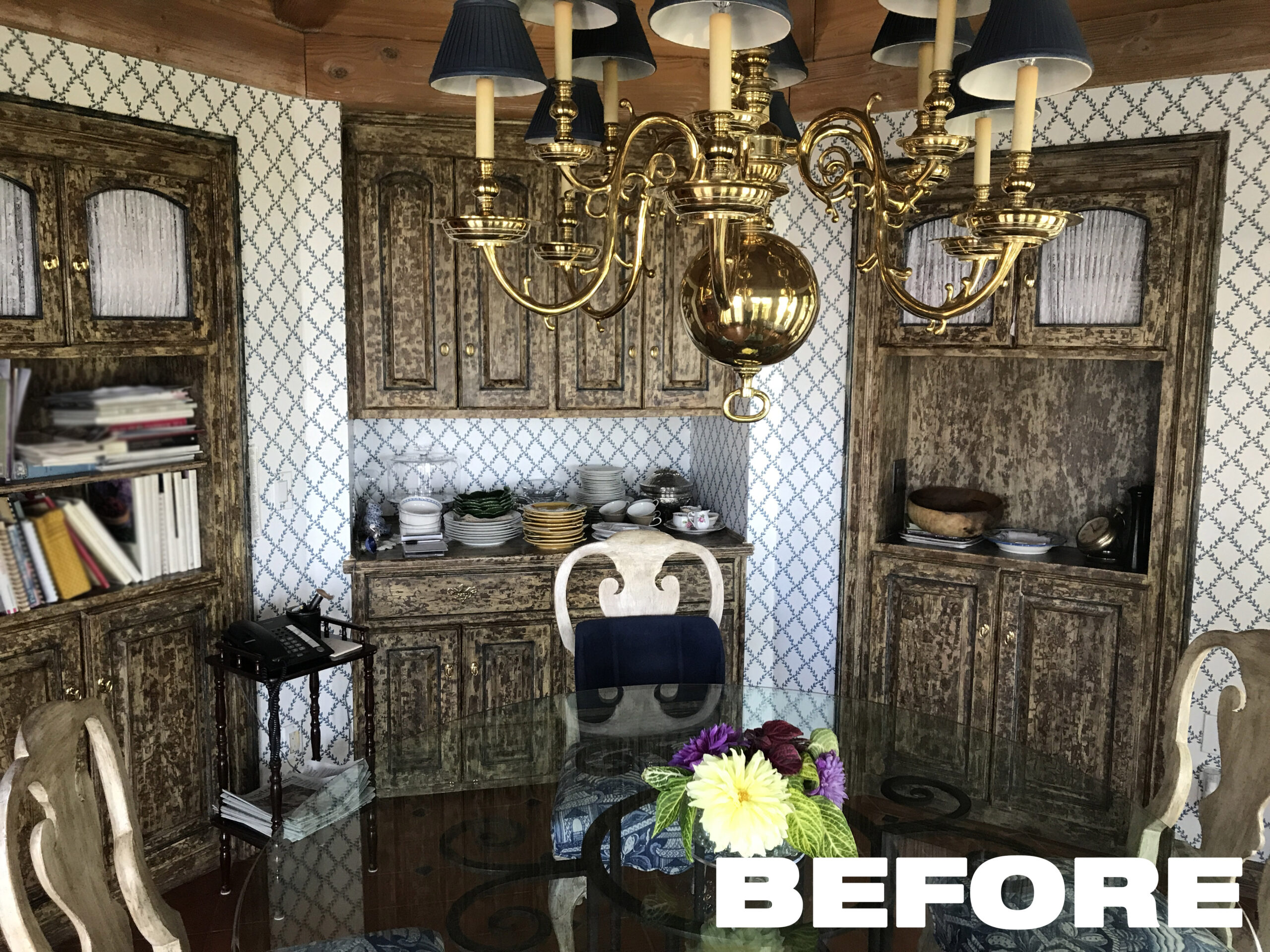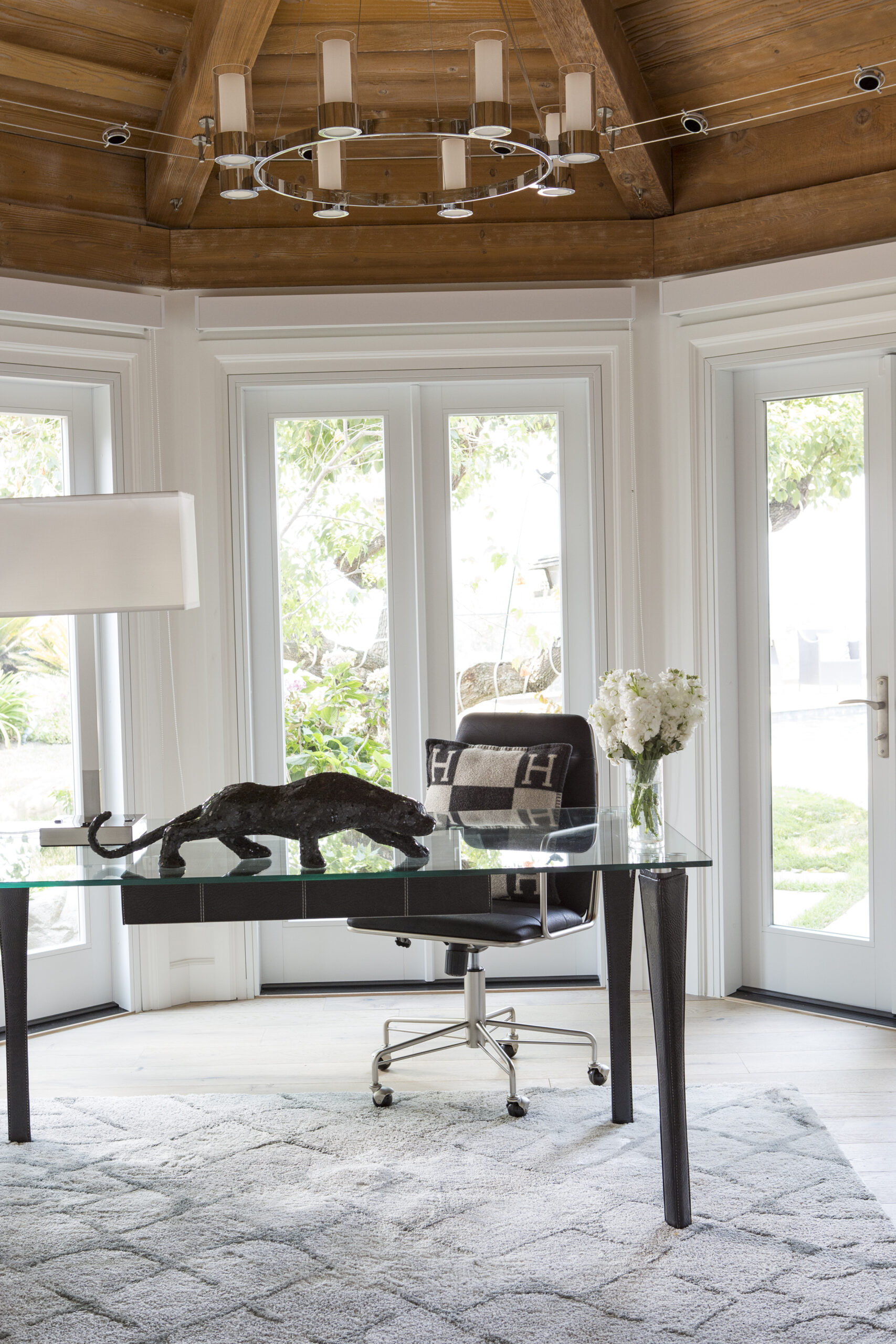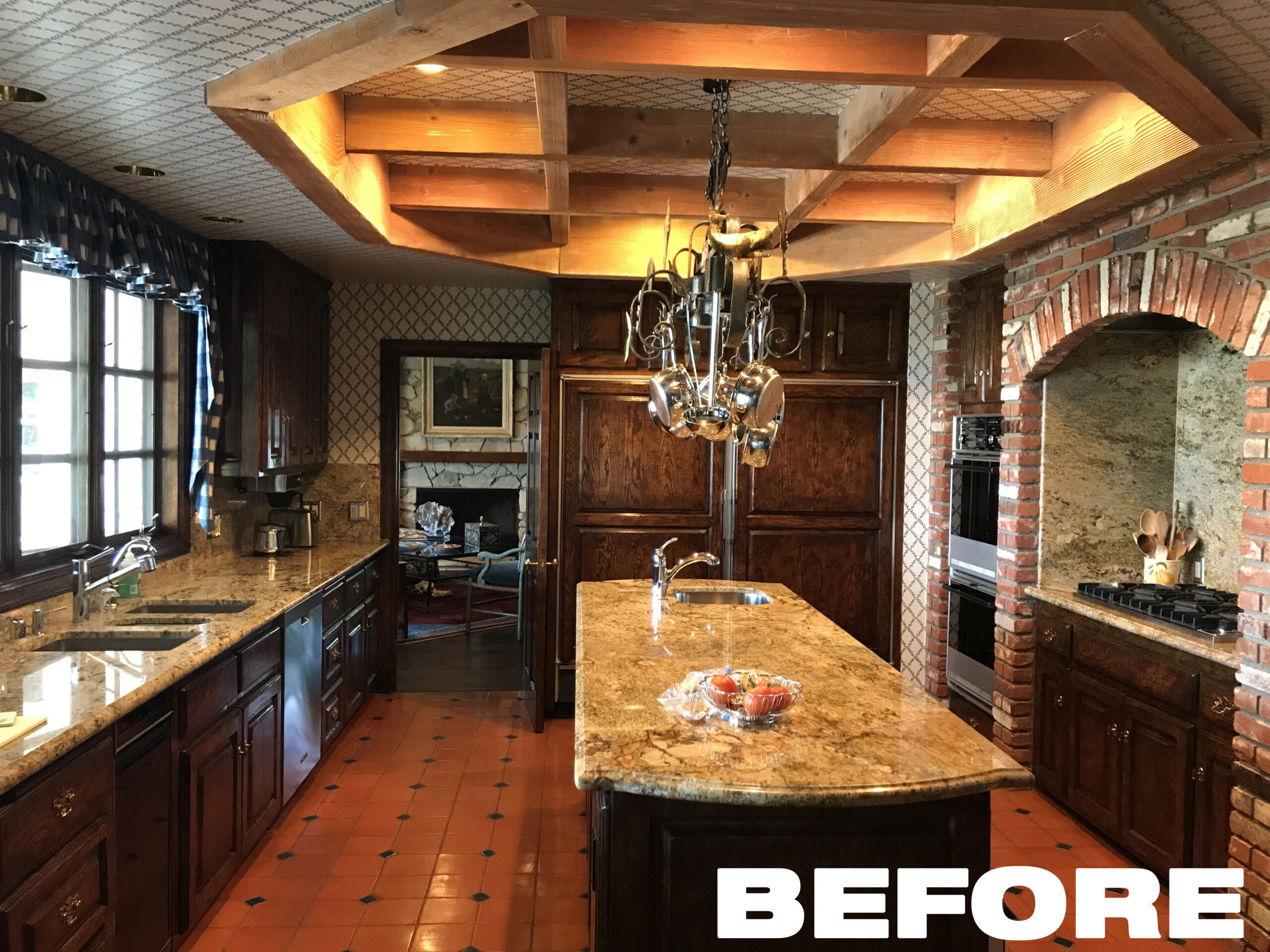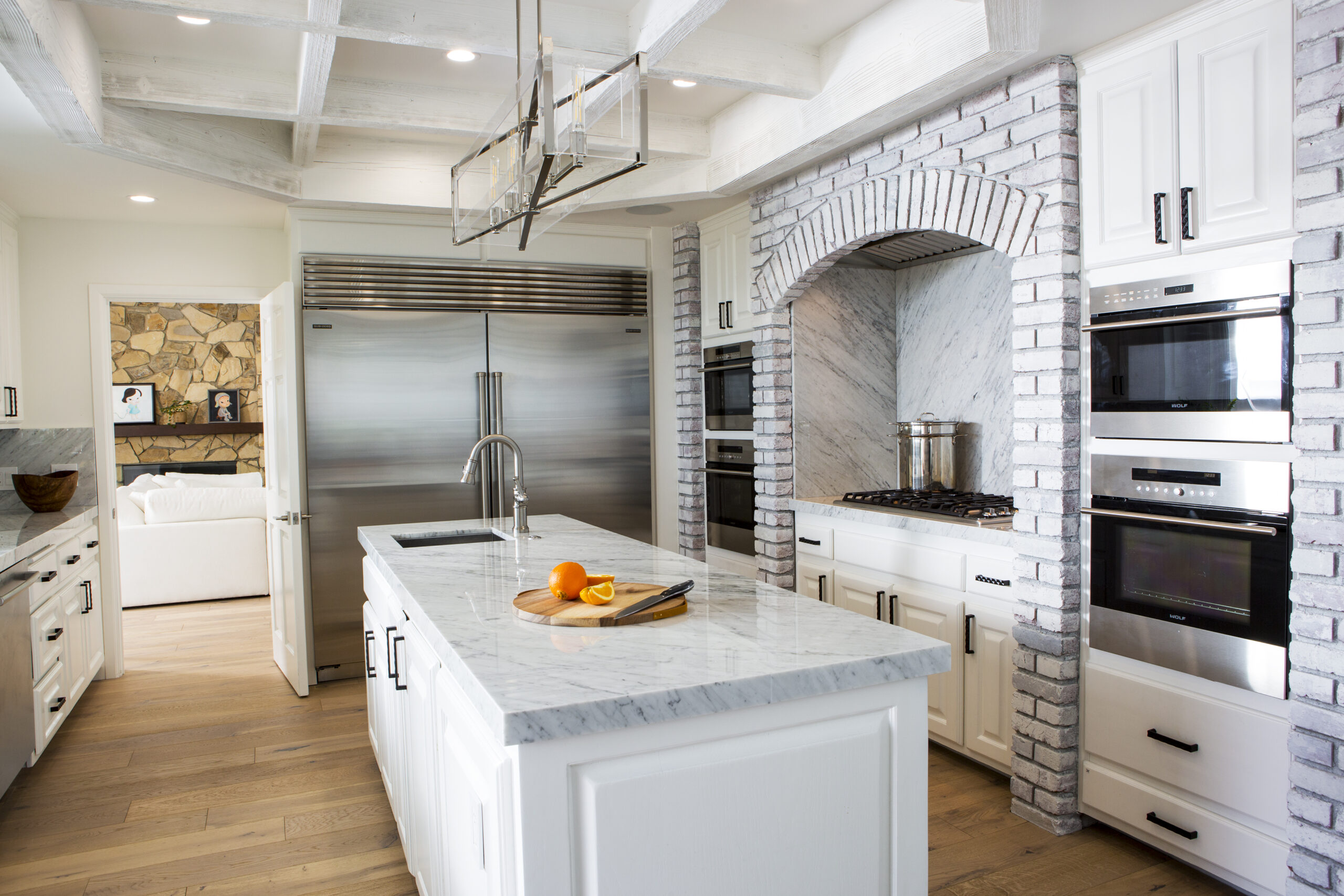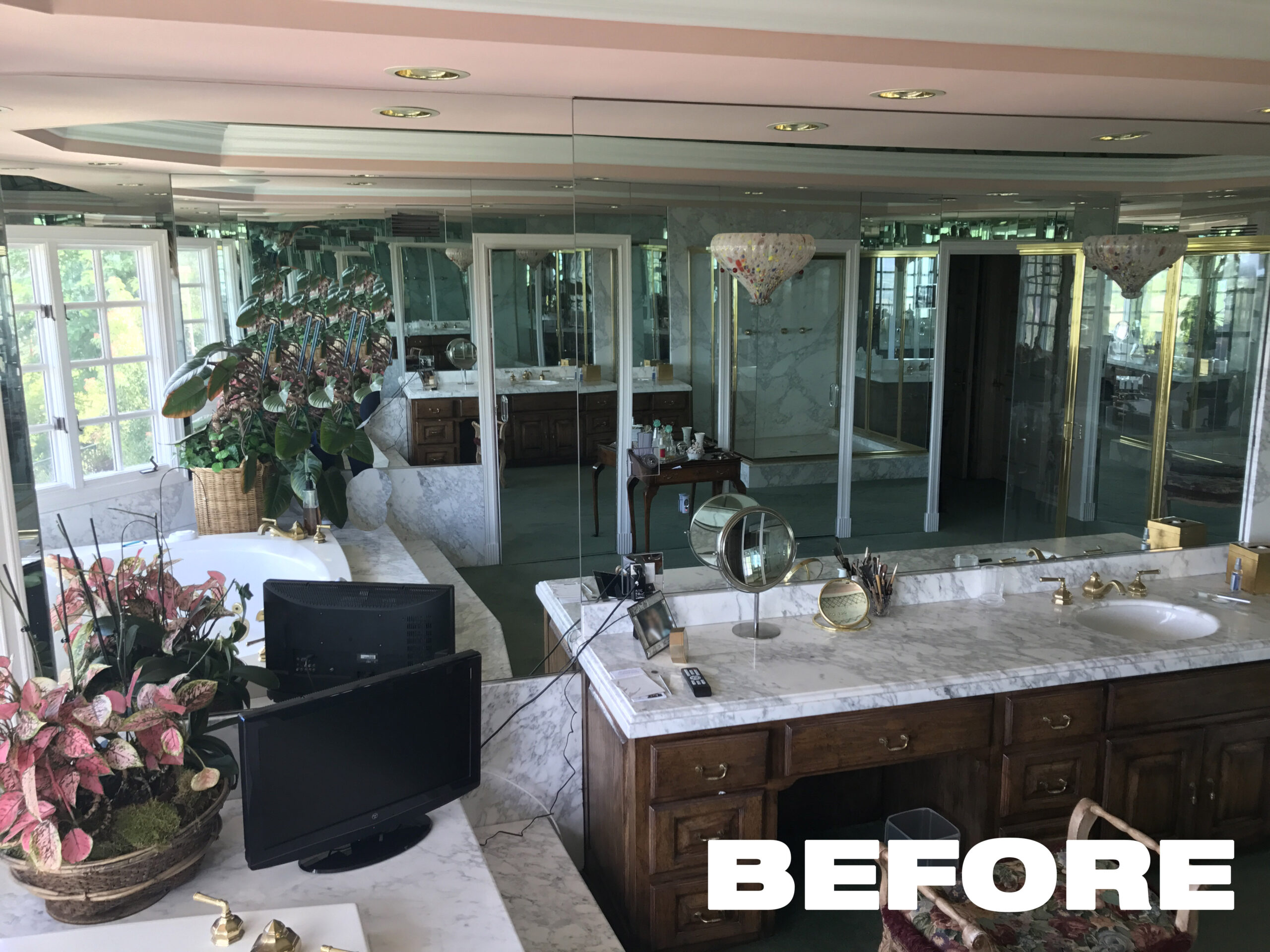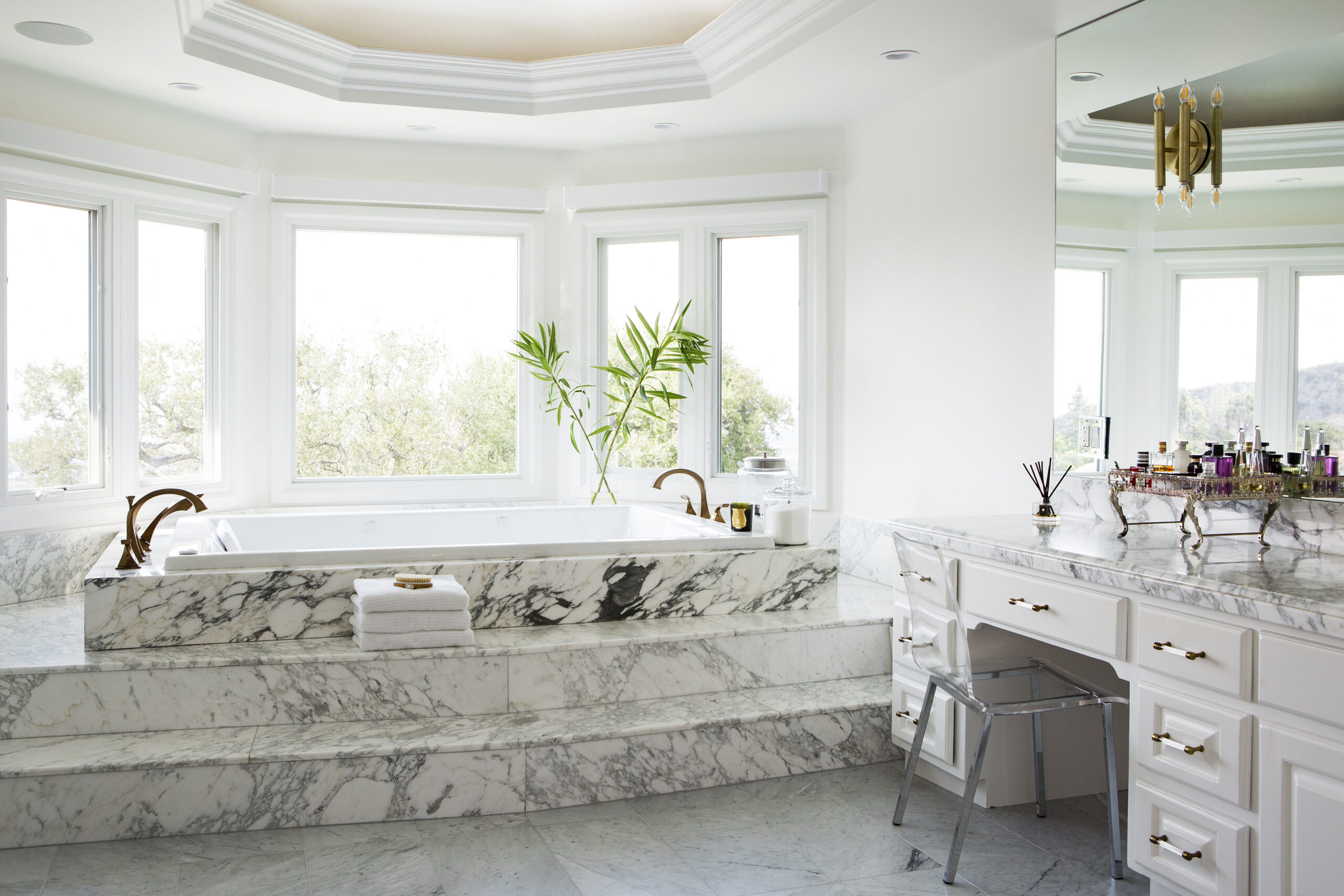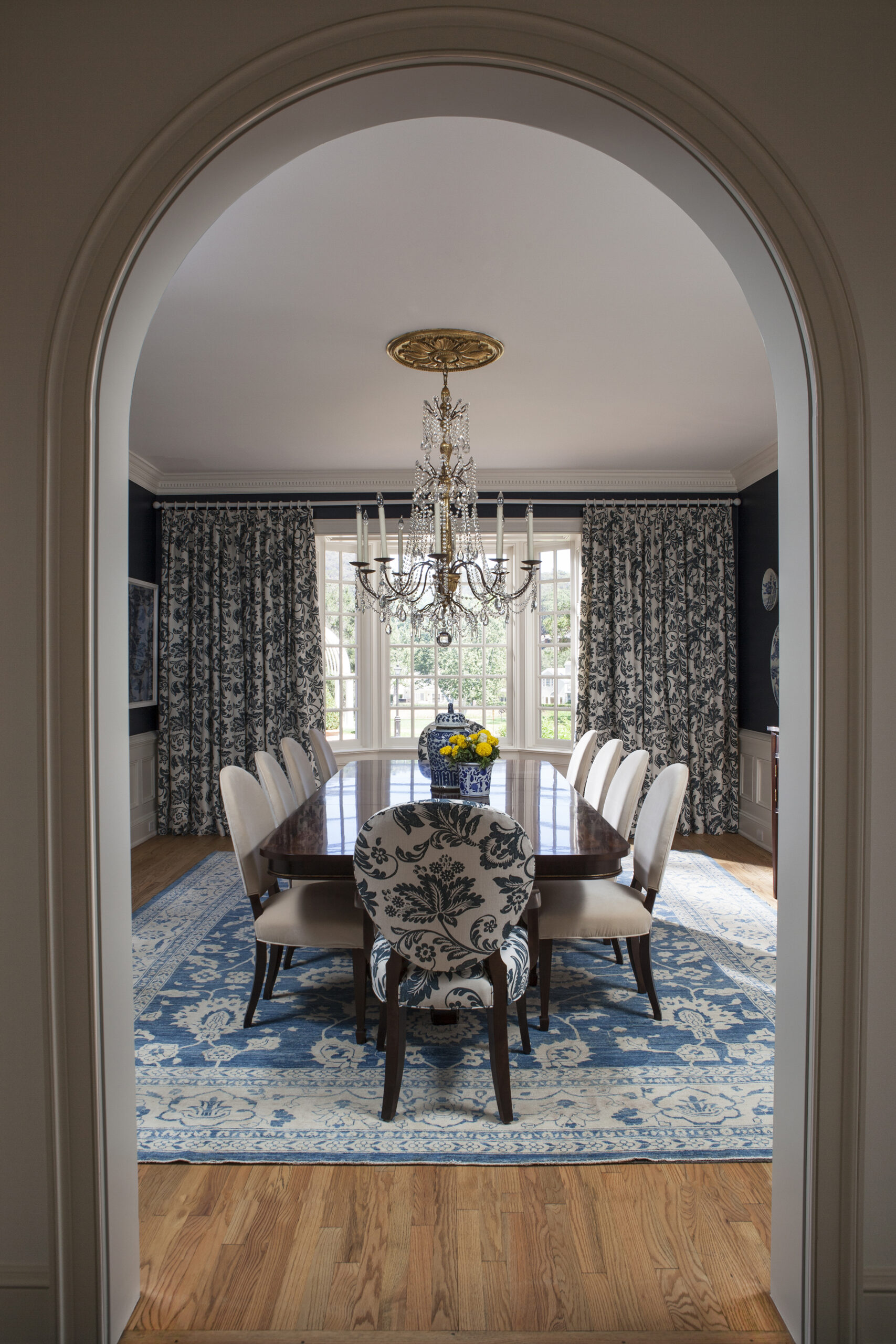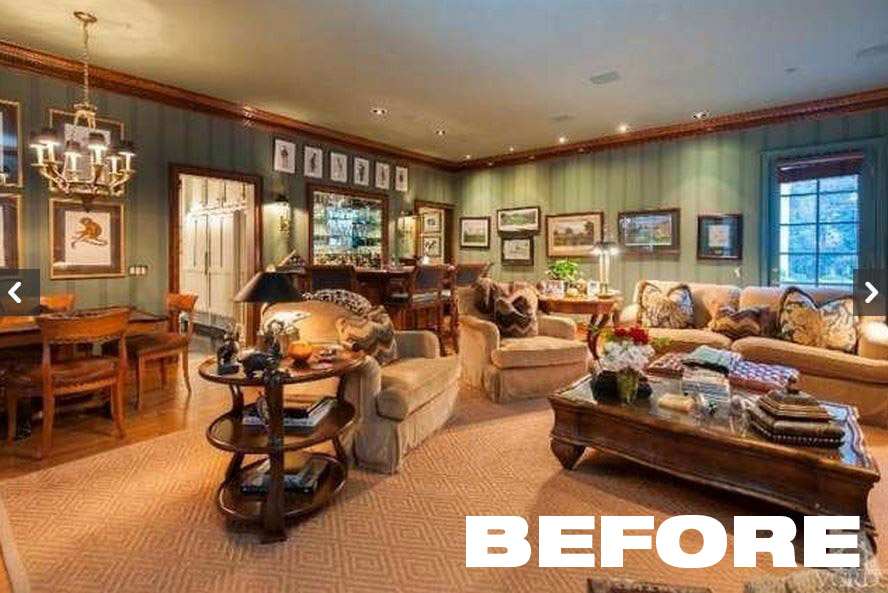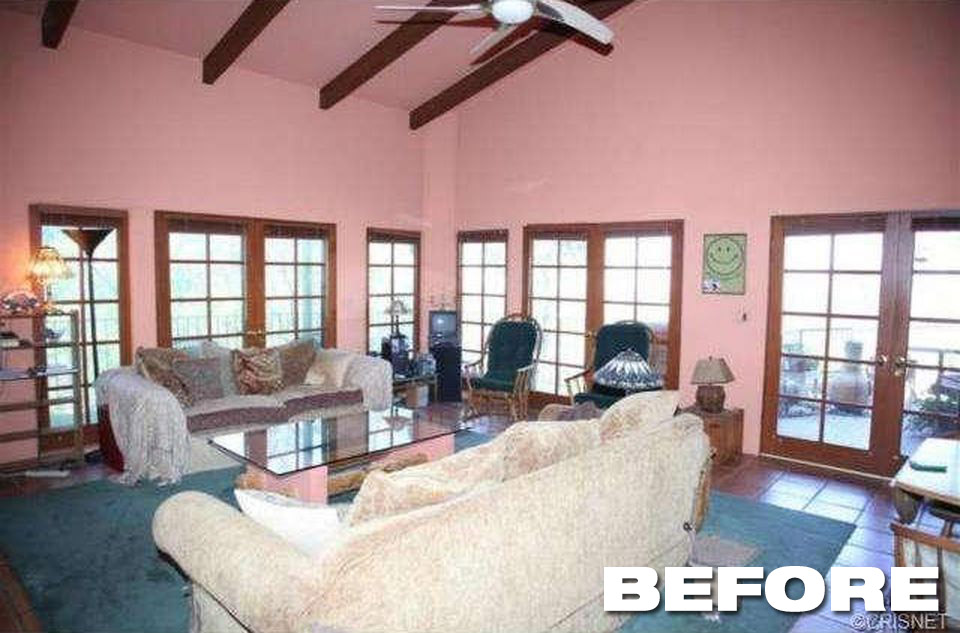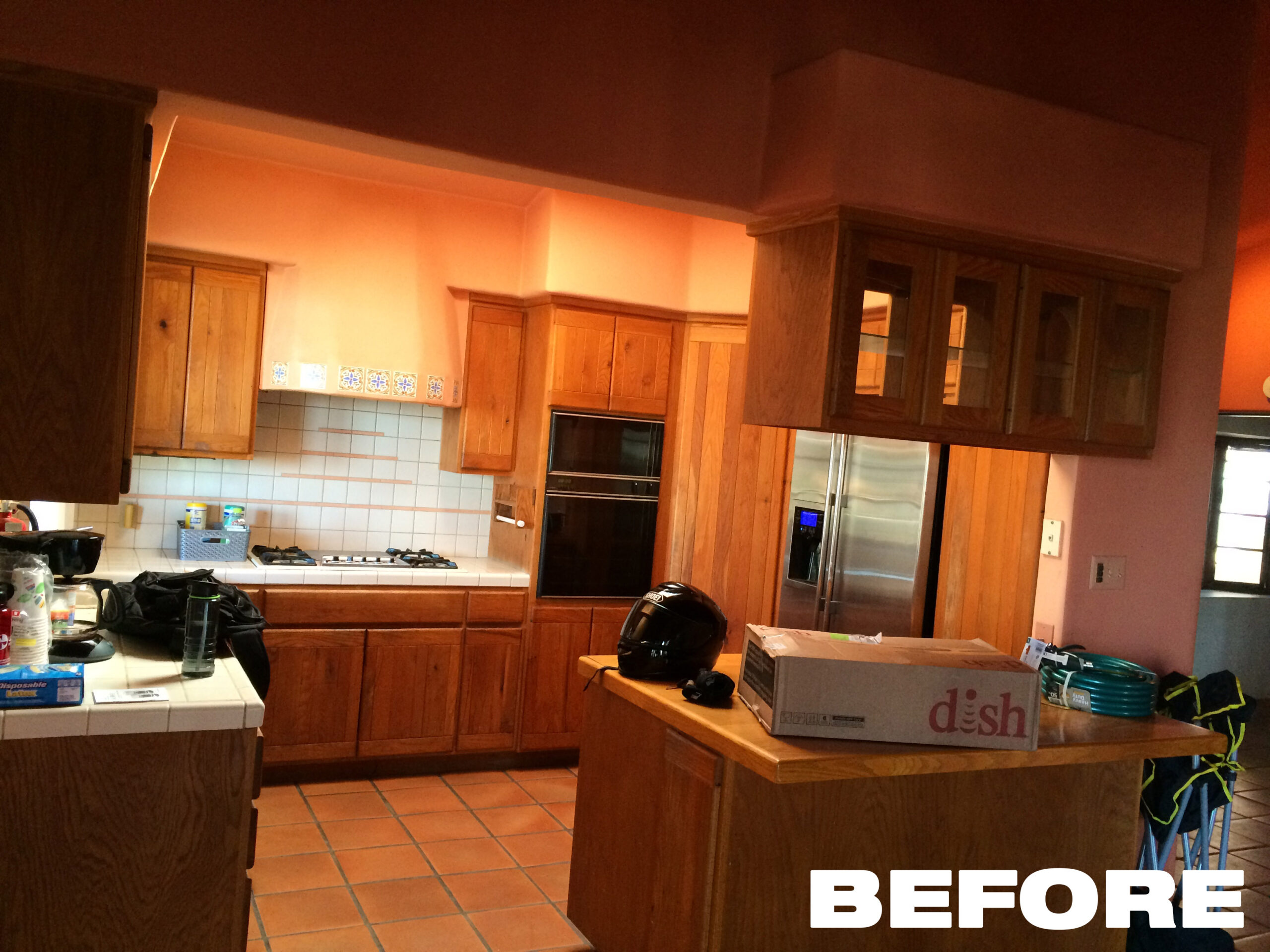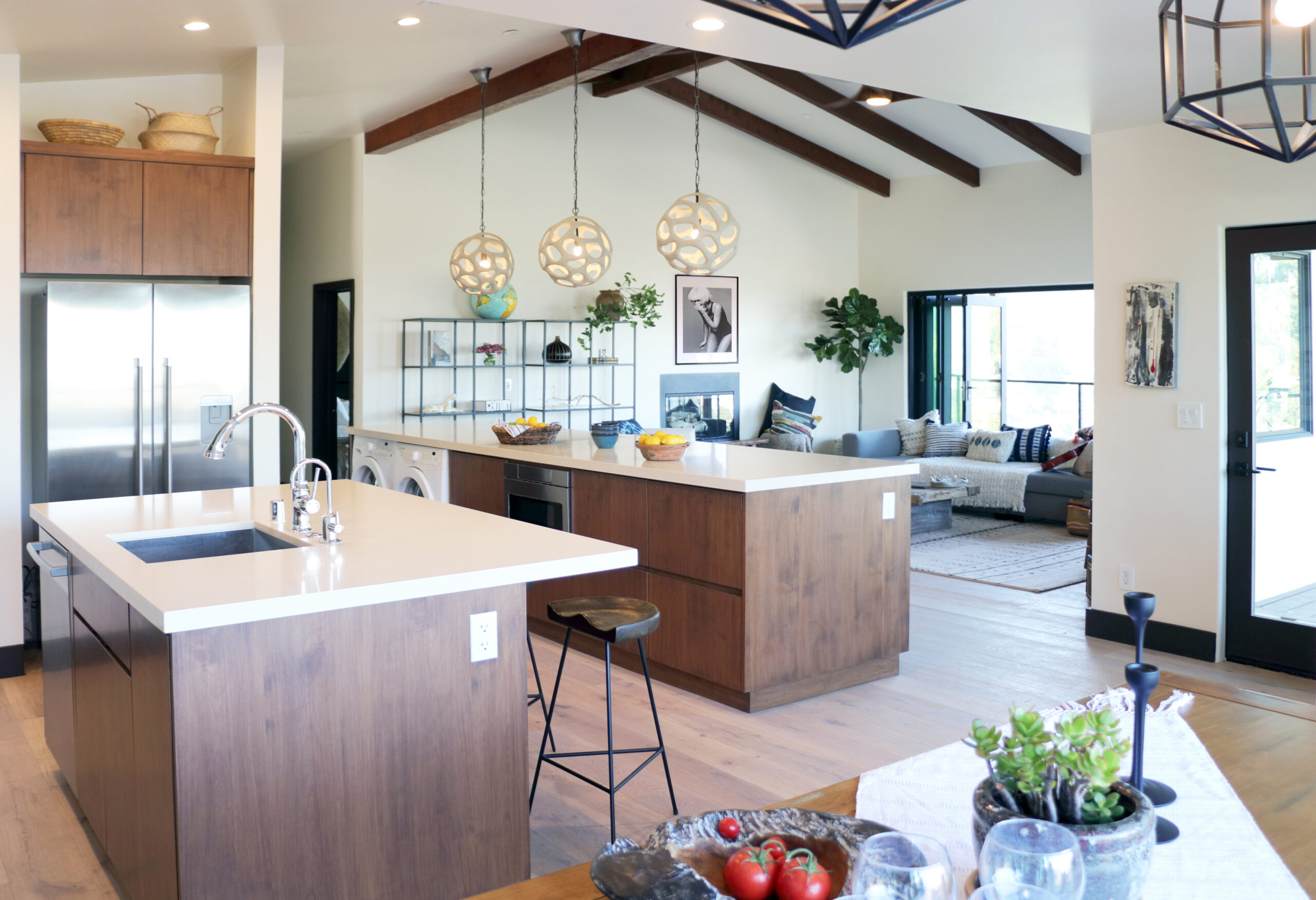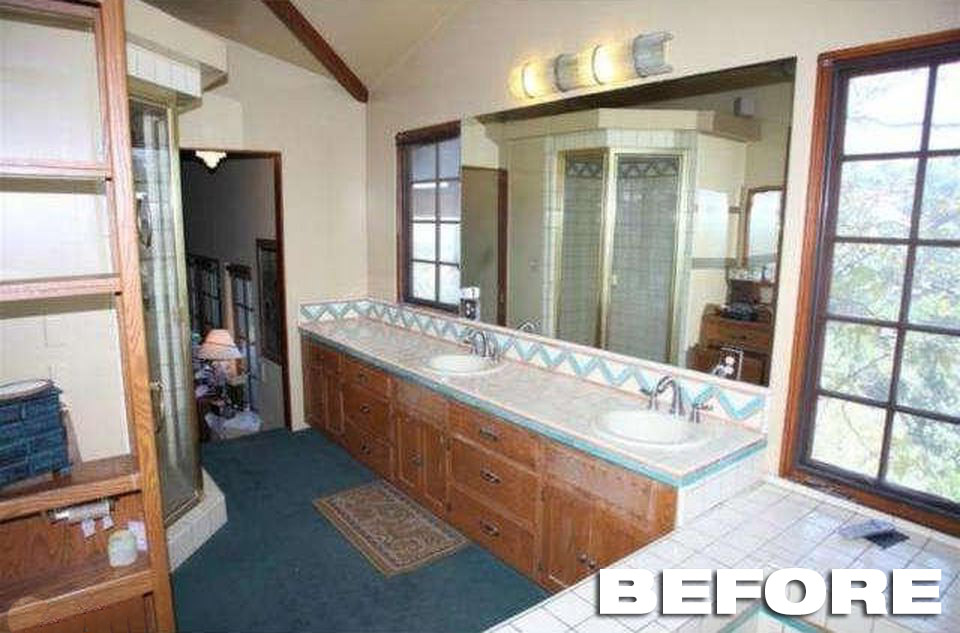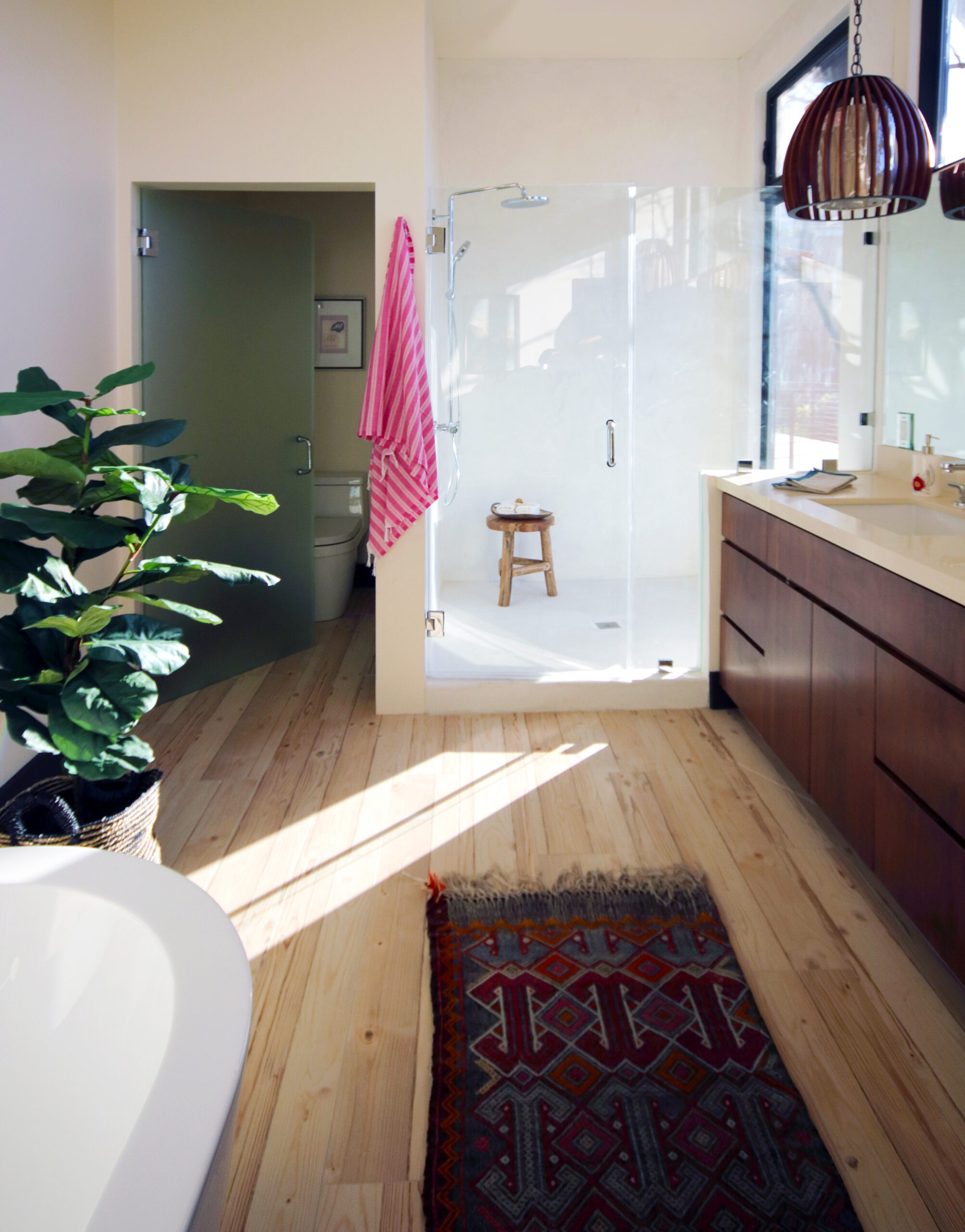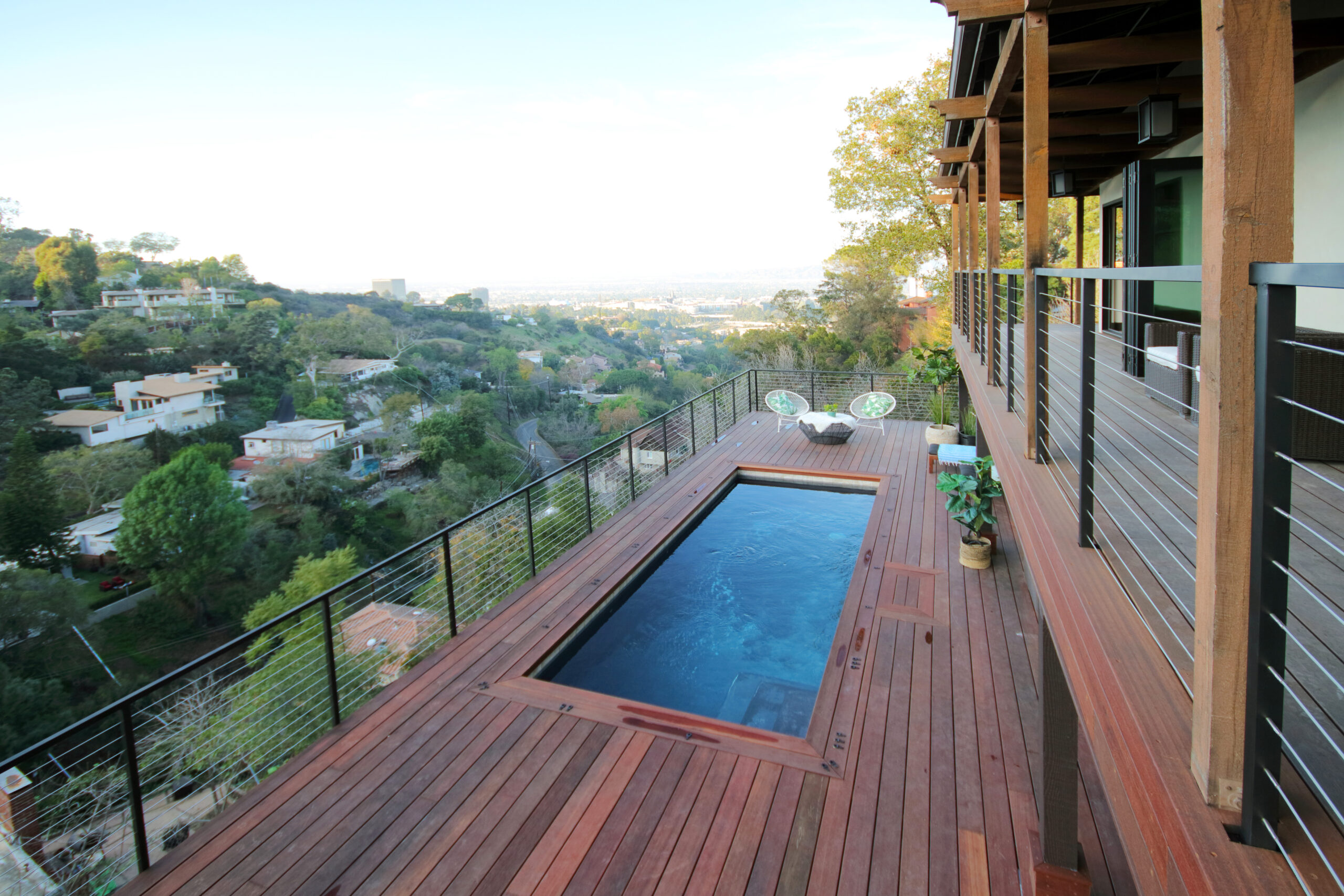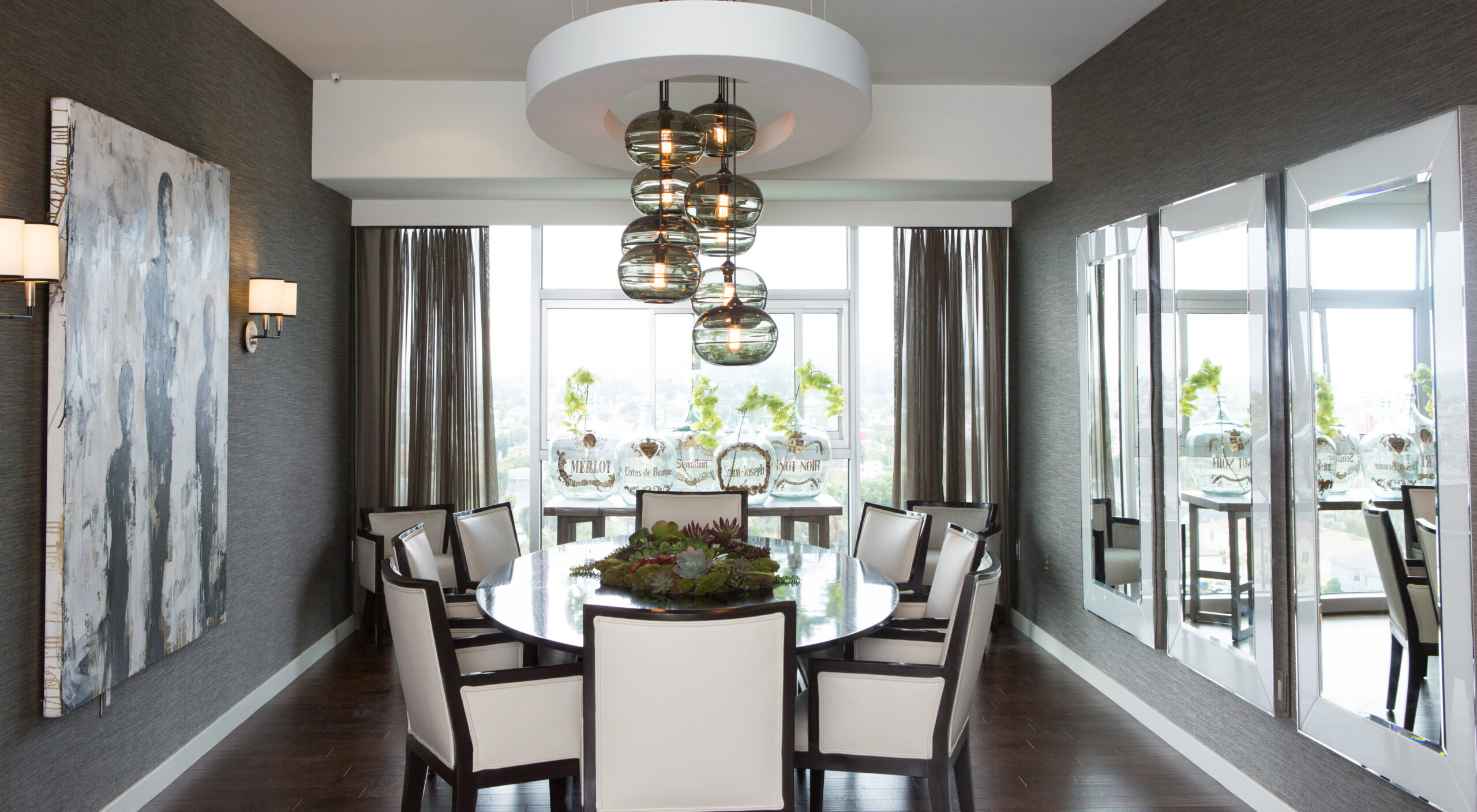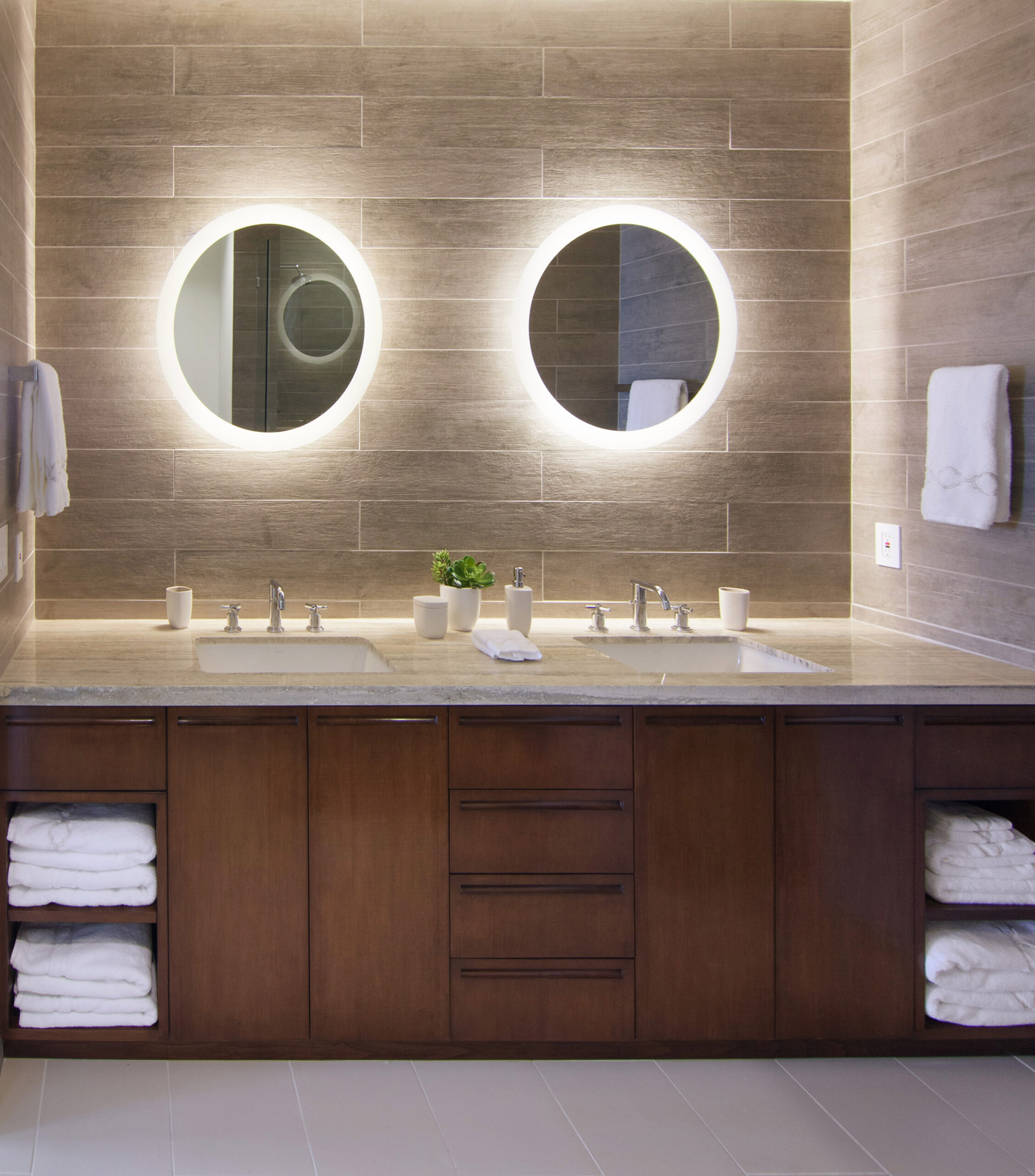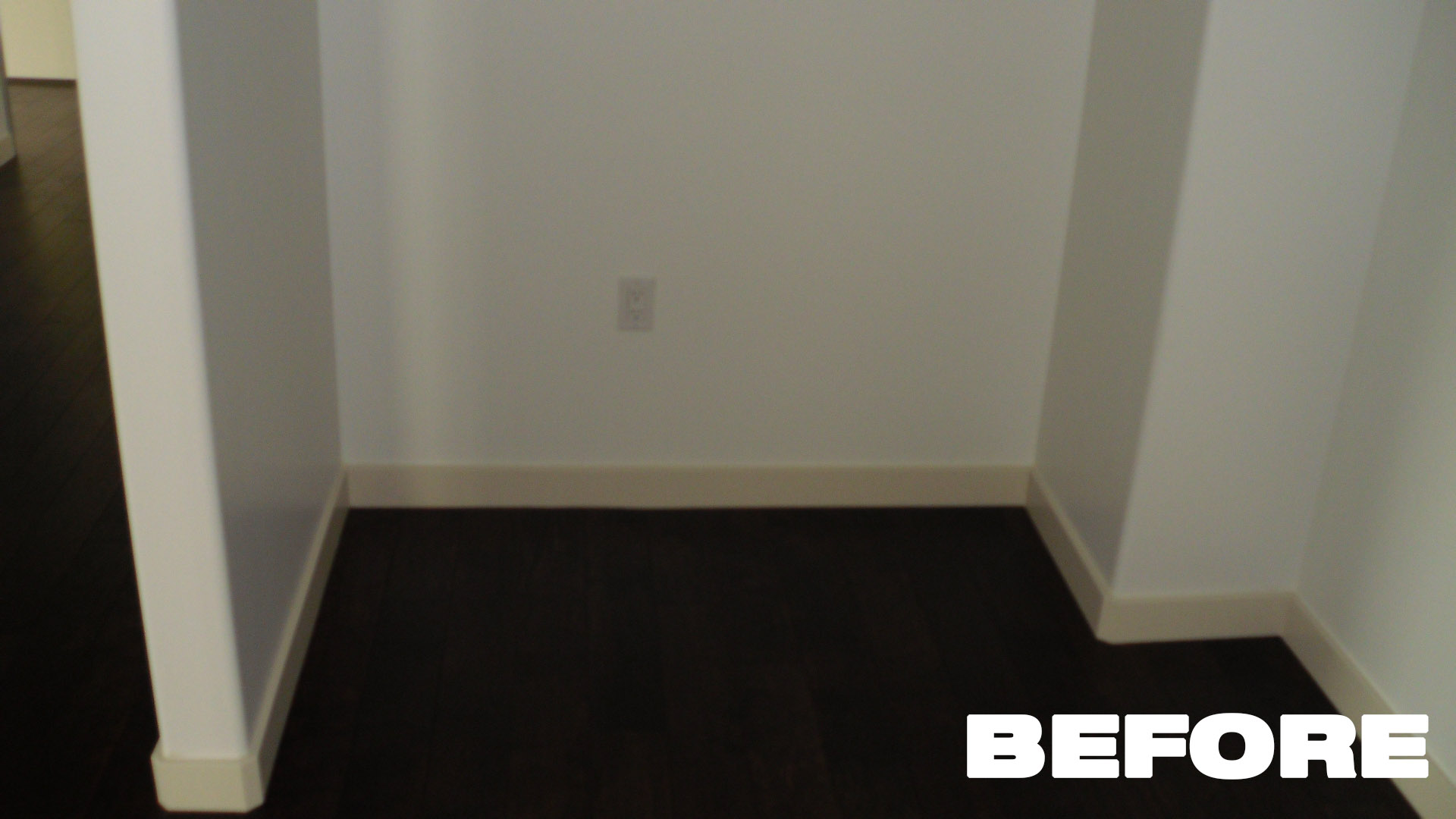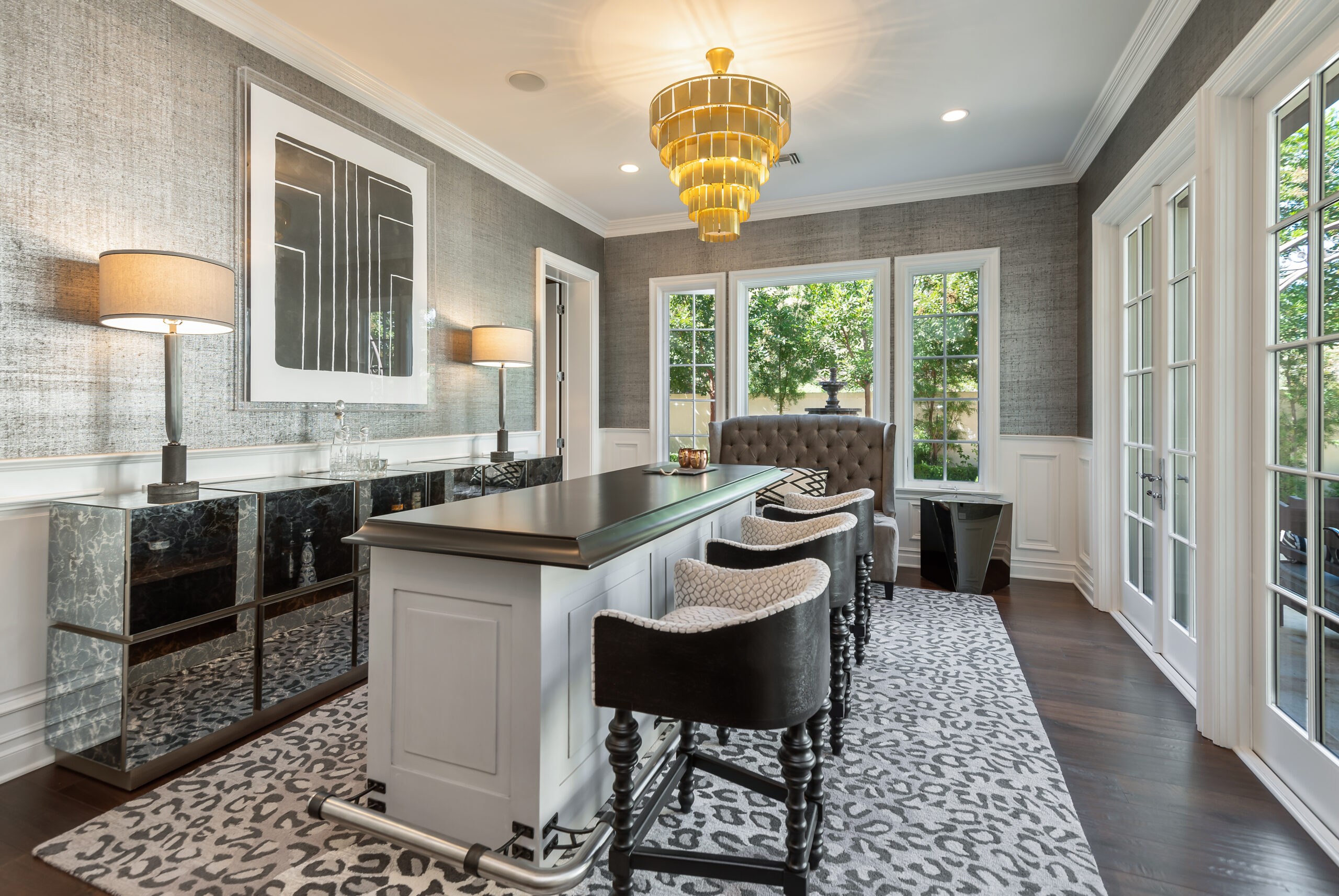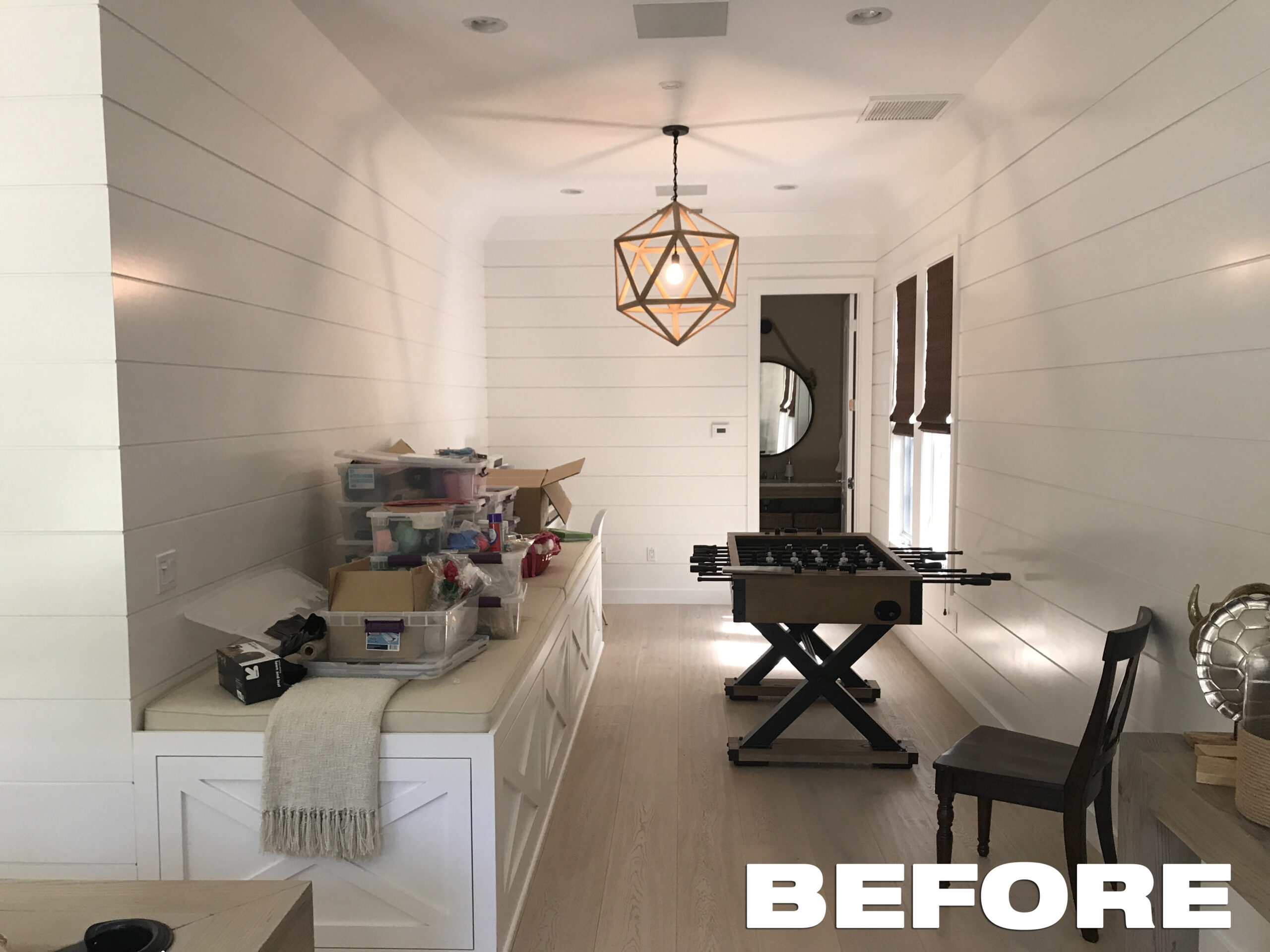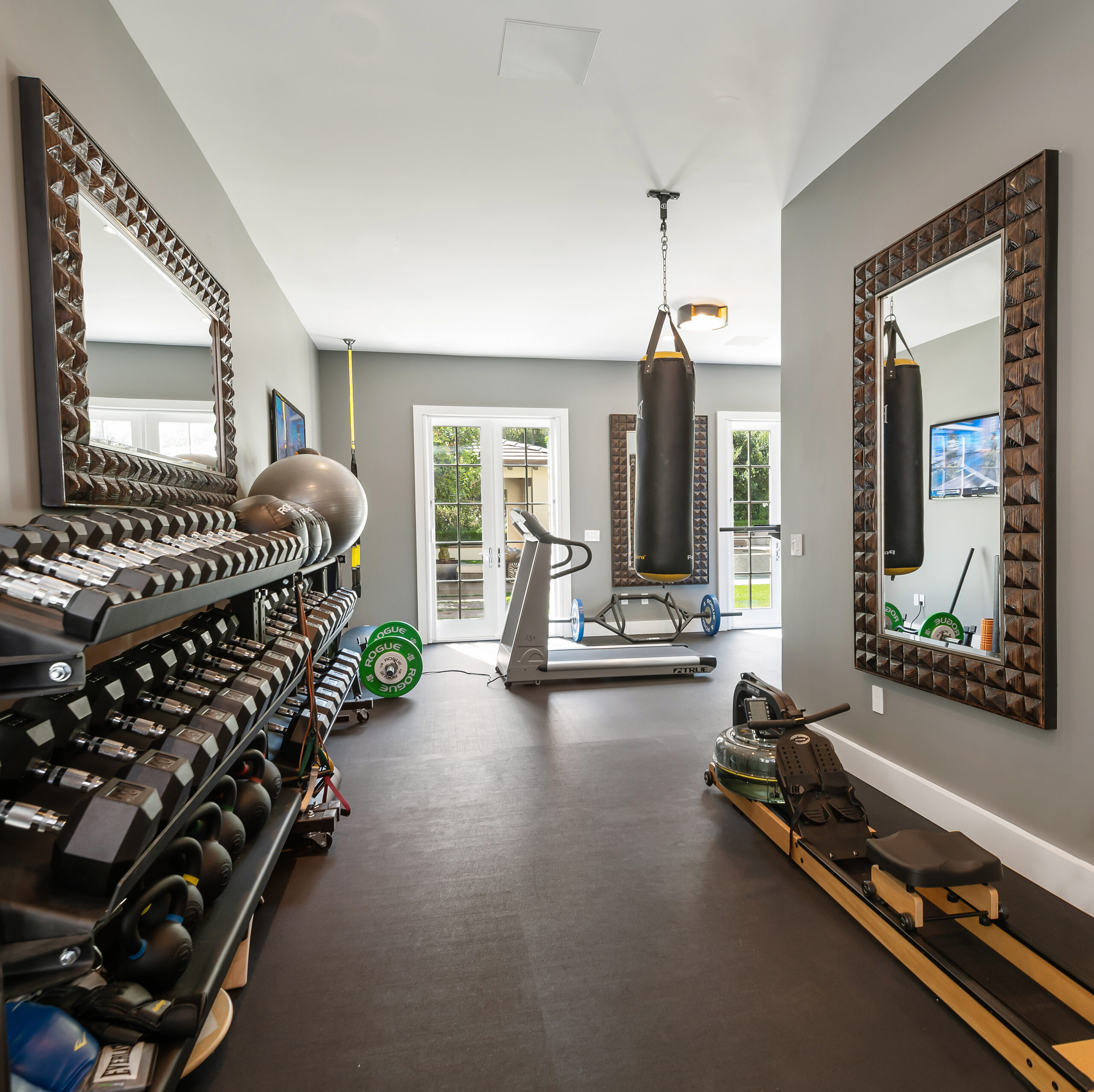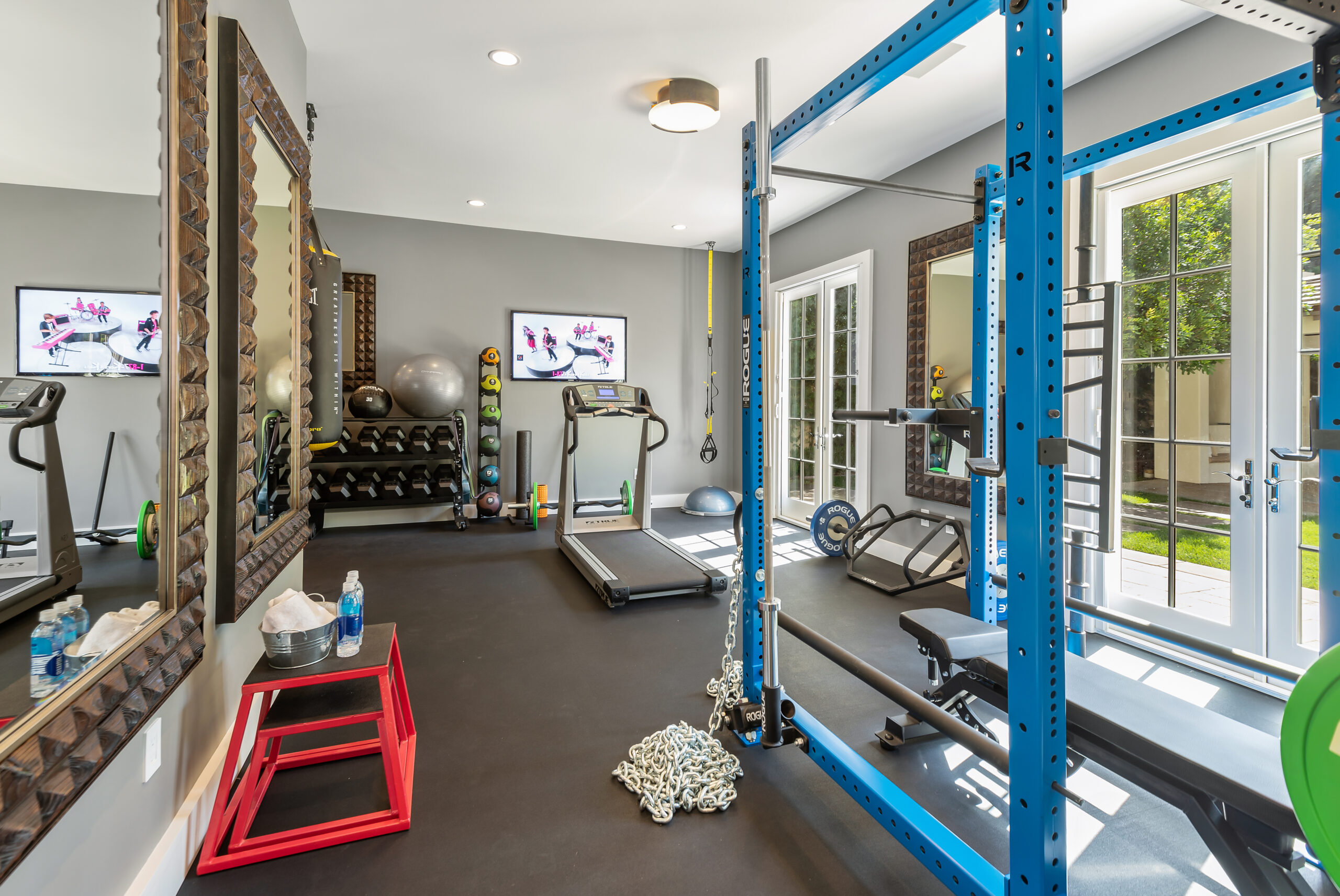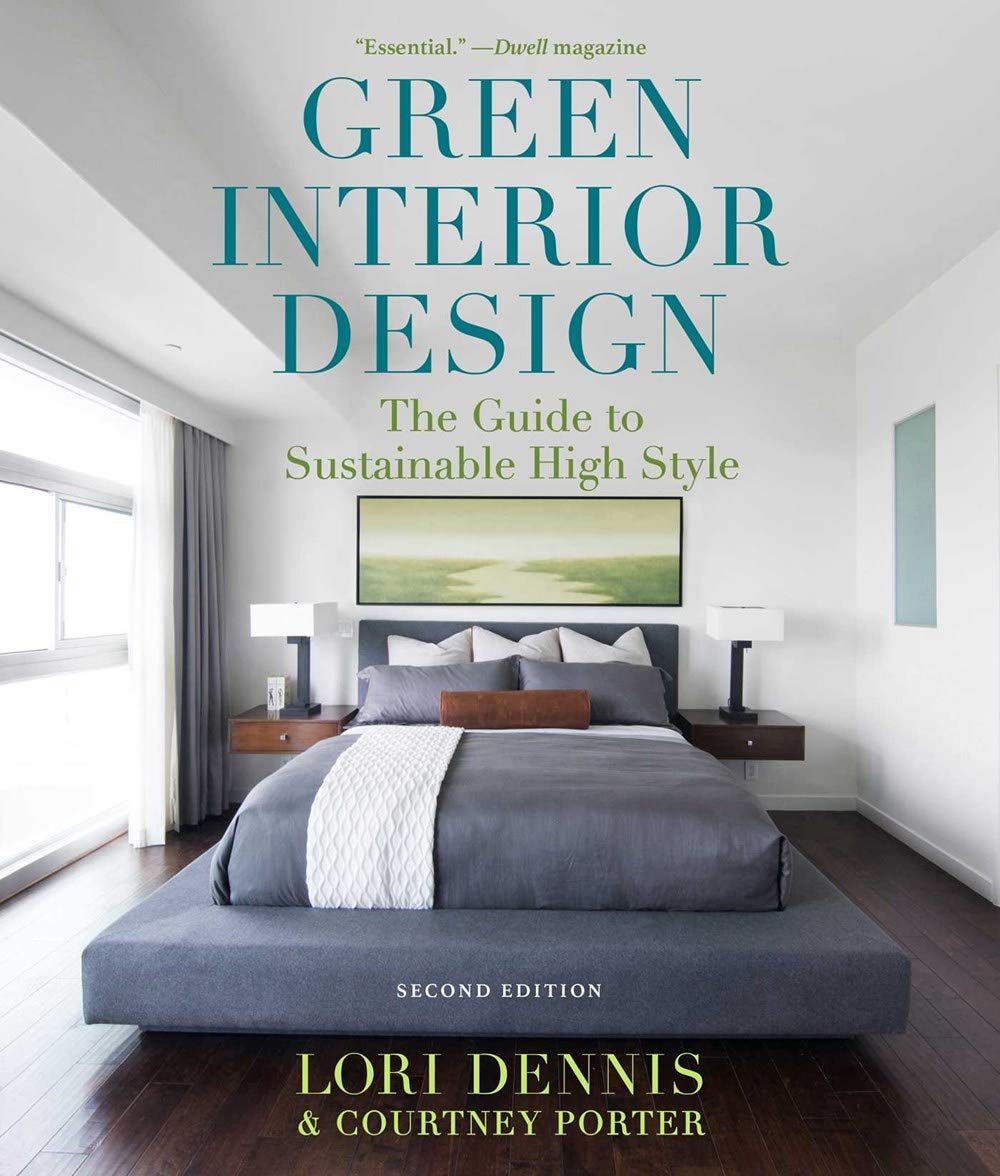Our homes are both a sanctuary from the outside world, and often the biggest asset we have. A home renovation will not only completely transform and modernize a home to your comfort, but it’s the best way to build equity on your investment. Check out some of our favorite Before & After photos of our past renovation and home improvement projects. We also offer our professional Interior Design and Construction advice for a successful home remodel and how to avoid renovation mistakes.
You may have recently purchased a new home or are currently looking to remodel your existing home. Transforming a dated home into a beautiful and fully functioning space is a life changing and lasting investment.
It’s often said the best days of a remodel are the first and last, but the days in between can be a bit overwhelming. We got you. Luckily, we enjoy each phase and guide our clients through the process from beginning to end. Along with our partner, SoCal Contractor, it’s one of our biggest pride and joys to create a home make-over that’s beautiful, functional and efficient. With our strong listening and organization skills, we’re able to translate a client’s dreams and inspiration into reality.
REMODEL: WAYS TO IMPROVE YOUR HOME & BUILD EQUITY
Making upgrades to your home not only brings the style up to date, but will add a considerable amount of equity to your asset.
How to Build Home Equity with Home Improvements:
- Kitchen Remodel.
- Bathroom Remodel.
- Replace Appliances and Plumbing Fixtures.
- Replace Countertops, Cabinetry and Wall Tiles.
- Update Finishes like Floor and Wall Tile.
- Replace Flooring.
- Add another Bedroom or Bathroom.
- Add an ADU (Accessory/Additional Dwelling Unit)
- Replace the Roof.
- Replace the Windows.
- Update HVAC System.
- Add Smart Home Technology and Automation that include Lighting, Sound,
Window Coverings, Security and Alarm Systems. - Replace all Decorative Lighting and Use Energy Saving Dimmer Switches.
- Paint the Exterior, Interior, Trim and Ceilings.
- Replace Interior Doors and Hardware. Or Paint Existing Doors.
- Add curb appeal through updated Siding, Trim, Shutters or a Walkway.
- Replace Front Door and Garage Door.
- Extend Outdoor Living Space.
- Add a Pool.
- Build an Outdoor Kitchen.
- Outdoor Plants, Landscaping and Hardscape. Walkways.
- Add a Patio or Deck.
3-LEGGED STOOL
There will be options that come up throughout the renovation process where you will have to make decisions regarding your timeline, quality of labor and materials, and your budget. When it comes to a home remodel, it’s good to remember the principle of the 3-Legged Stool.
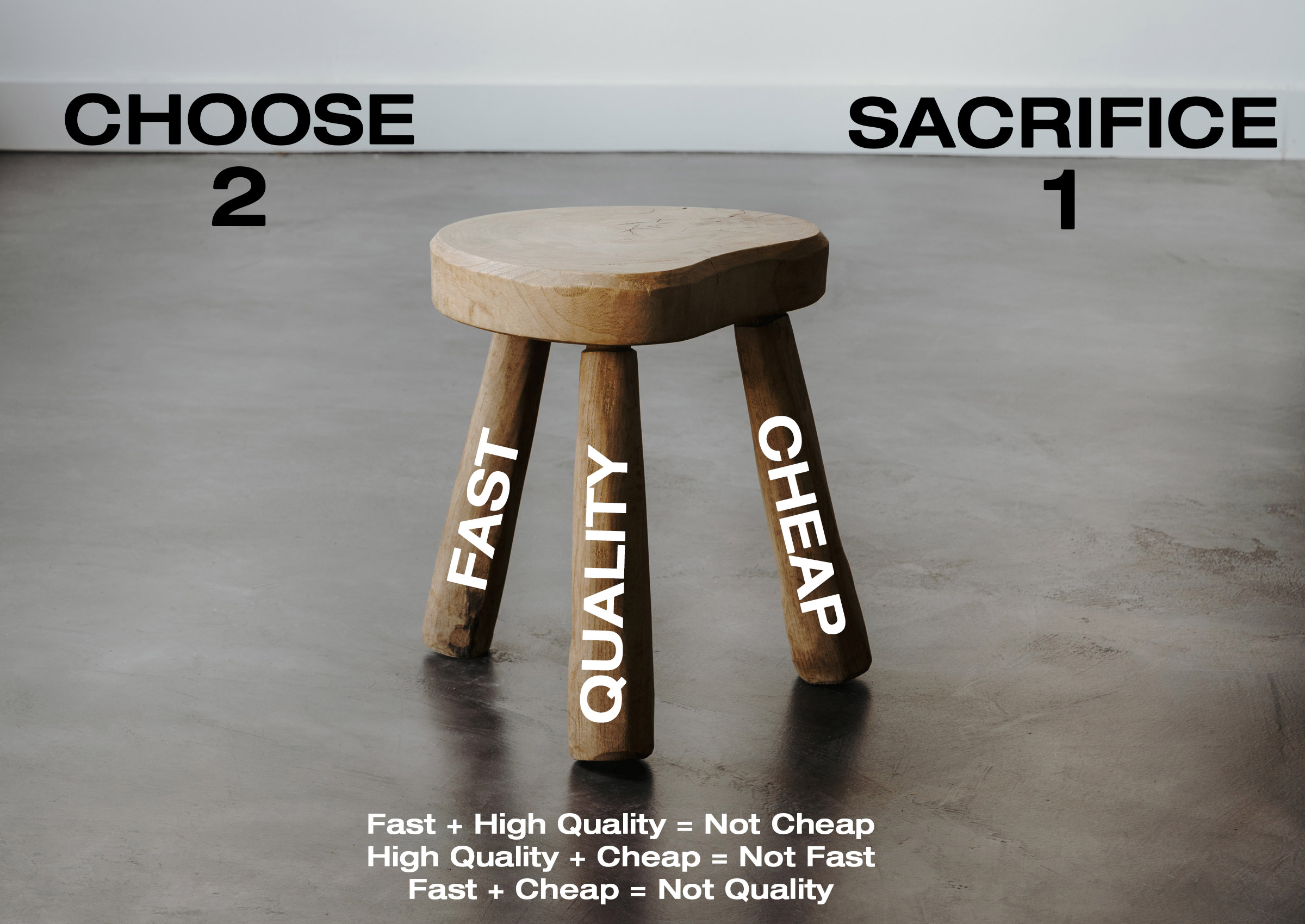
The idea of the 3-Legged Stool is to prefer 2 out of 3 legs, and compromise the third. Your options on each leg are Timeline (how Fast or Slow), Quality (how High or Low), and Price (how Cheap or Expensive).
For example, if you want something done fast and made well – it’s not going to be cheap. If you want something incredibly detailed with quality craftsmanship that happens to be affordable – you may need to wait awhile. And if you’re in a hurry, in need something right away, and have a tight budget – it may not be the best quality. Know when to save and where to splurge, and what you’re willing to compromise. Your knowledgeable design team is there to help.
BEFORE & AFTER PHOTOS
WITH PROFESSIONAL TIPS + INSPIRATION
FOR A SUCCESSFUL HOME REMODEL
1. RESEARCH & CREATE A PLAN
It’s crucial to plan ahead for a home remodel, because without a plan, you don’t know where you’re going. Rather than rush, take plenty of time in the beginning to set up a plan of action to get your ducks in a row. A well thought out plan will save you time and money down the road.
Decide on the Scope of Work. Be strategic about your priorities and design choices. What would you like to ideally have done in your home? Is it a cosmetic upgrade, meaning a replacement of finish materials, lighting, plumbing and appliances. Or would you like to expand a Kitchen or Bathroom, which would involve moving walls, plumbing locations or electrical upgrades. Or perhaps a full renovation is needed where a home is taken down to the studs and essentially rebuilt to your exact desire.
Think about what area will make the most impact. Split your wish list into 2 columns: Must Have and Nice to Have, and work from there. Your budget may dictate what you’re able to do now, and how far you’re able to go.
Have fun and get inspired. Start saving images from Google, Houzz, Pinterest, Interior Design Blogs and Magazines, or Instagram. Make a note on what you like in each image so you can clearly communicate this to your designer or contractor. Your home is a reflection of your personal style, so it’s important to choose design elements that will stand the test of time.
Avoid trends that may be hot today and gone tomorrow. Typically, trends last about 10 to 15 years. However with the speed and access of online images and home technology, trends become over-saturated and could see their way out in 5 years. When it comes to the “items that are nailed down” it’s best to keep it timeless in your personal style, while taking a few bold moves here and there. Stay away from trendy styles in flooring, tile design and architectural features. Feel free to play around with current trends in easy to change ways like paint, decorative lighting or accessories.
POOL HOUSE REMODEL
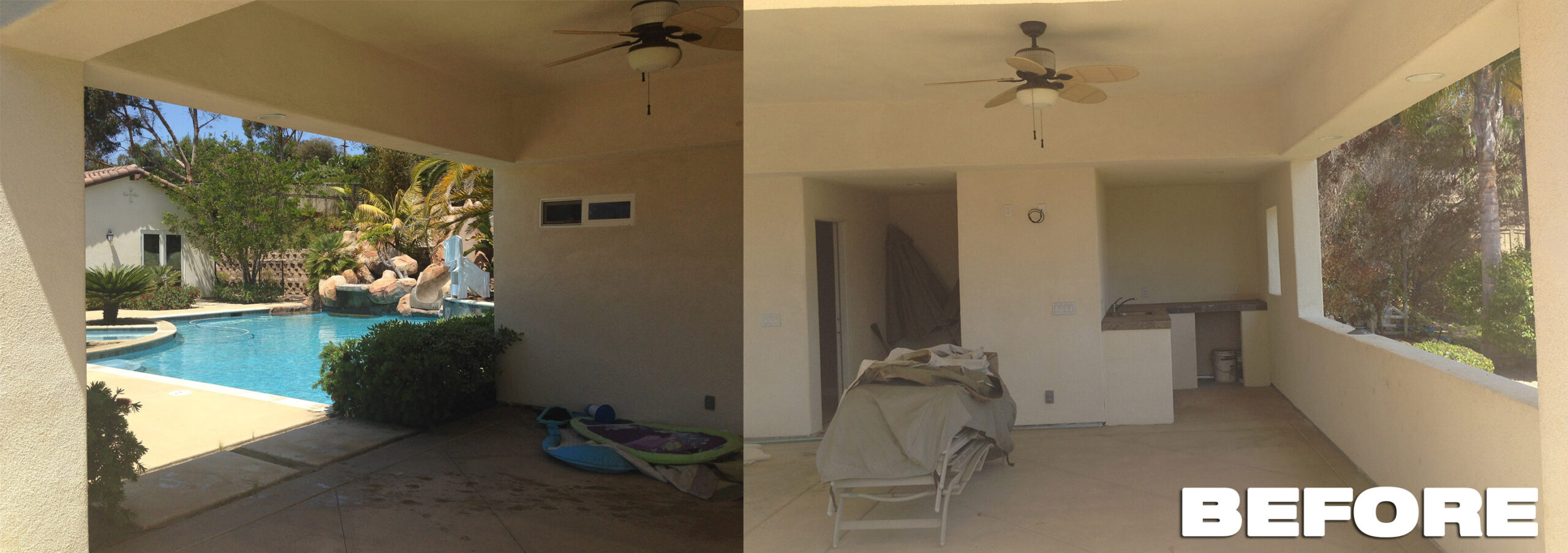
2. HAVE A REALISTIC BUDGET
Before you begin a home remodel project, carefully consider the maximum amount of money you have to spend. This will help to avoid overspending and ensure that you stay on track during the design and construction phases. It’s a good idea to incorporate a mix of high-end and budget-friendly items to create a well-balanced, luxurious space. The goal is to get the best bang for your buck without ever getting in over your head.
Research the Going Rates. Sticker Shock is certainly a thing if you’re not aware of what a remodel costs. And it might even be 2 to 3 times what you thought. (ACK!) To prepare yourself, research the general cost of labor and materials for your desired project.
Ask Around. If you’re not sure, talk with your friends, neighbors and other professionals to gather as much information as you can.
Add a 15% – 20% Contingency Cushion to your Budget. It’s very likely that your renovation project will cost more than you expect, or perhaps more than what you were quoted. The building structure may have an issue that was unknown during the initial walk-thru. There may be unexpected surprises and modifications which will need to be addressed. Structural, plumbing or electrical issues could come as a surprise once construction is under way. You may need additional materials or want to adjust the design. Supply chain stalls and price increases may throw a wrench in your plan. Rather than stress about it – anticipate it. Keep your cool and a money reserve on the side for when things pop up, just in case.
You’ll have a much better experience if you have the expectation and understanding that things will come up. Decisions will need to be made and you’ll be able to handle it comfortably.
HOME OFFICE REMODEL
WALK-IN CLOSET REMODEL
KITCHEN REMODEL
BATHROOM REMODEL
3. HIRE A TEAM OF EXPERIENCED PROFESSIONALS
Hire a Qualified and Experienced Interior Designer first. Don’t feel limited if you can’t find one you like in your immediate area. With modern technology, it’s now easier to work with a remote interior designer from anywhere in the country.
The role of a knowledgeable Interior Designer is to streamline your goals and create an organized and detailed plan for the project. They will work with you on developing a design and creative solutions, draw the construction plans to work from, and select finish materials, all in your budget. A majority of the work is done in the beginning phase before it is passed on to the contractor for an estimate.
Keep in mind, the cost of Interior Design Services is a separate fee from other expenses associated with a design project. For example, a Designer will charge a service fee (either hourly or a flat fee), which is in addition to the cost of finish materials, furnishings, and other construction expenses related to the project. Be up front and open with your designer from the beginning so they are able to help with the best areas to save in your budget, and where to splurge.
Hire a Licensed and Insured General Contractor. It’s important to find a contractor who has experience with the type of work you need done, and who has a good reputation for quality work and customer service. A Contractor will streamline the labor and construction material budget, set the timeline, and organize and manage other trades. This includes sub-contractors who will do the demolition, carpentry, electrical, plumbing and installed finish materials.
Communication between the Designer and Contractor is key. There will be moments along the way where the contractor will need to confirm and clarify issues that arise in order to keep the job moving forward with the design intention.
HOME OFFICE REMODEL (CONVERTED DINING ROOM)
KITCHEN REMODEL
BATHROOM REMODEL
4. COMPARE QUOTES
You may not know how much a remodel project may cost, which is why it’s important to talk with at least 3 contractors and compare construction bids in detail. You are looking for the best value for your money.
A construction bid will include the overall cost estimates for labor and construction materials, along with the anticipated timeline it will take to complete the project. Review each contract in detail to assure a clear understanding of what is and is not included in the services.
If you think a $150 hour Plumber is expensive, try a $15 hour Plumber.
Don’t automatically choose the lowest quote or the fastest timeline, as it may not include all the work that needs to be done. The lowest bid may be due to lack of experience which results in mistakes, disorganization, unexpected charges and time delays along the way.
Questions to ask each Contractor:
- Are you Licensed and Insured, along with the Sub-Contractors?
- Do you Have Experience with this Type of Project?
- What is the Expected Timeline to Complete the Project?
- What is the Cost for Change Orders?
(Due to unexpected construction issues, or if you change your mind) - What are the Ways of Communication and Expected Reply Speed?
- How Often Will We Meet?
(We recommend weekly site meetings with your Contractor) - What are the Billing Cycles and Payment Options?
- Are there any Additional Fees?
DINING ROOM REMODEL
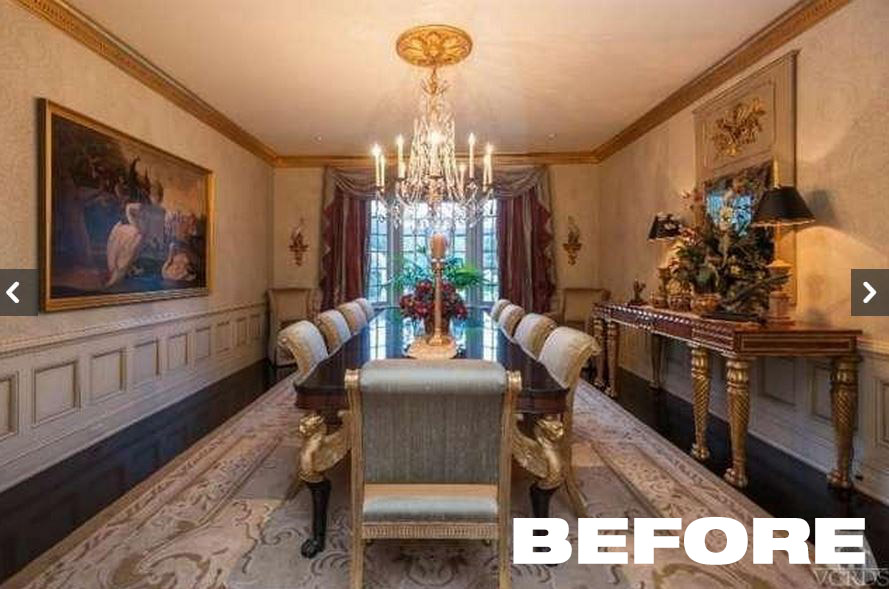
GREAT ROOM REMODEL
5. COMMUNICATE CLEARLY & TIMELY
Early on in the design and construction process, it’s important to clearly communicate your Wants, Needs and Priorities to your team. Let them know the areas that are must haves, versus would be nice to have. Open communication will ensure that the project is completed to your satisfaction and avoid any misunderstandings or assumptions along the way.
Make sure to be available to answer any questions that come up during the design and construction phase. You’ll save time and money the sooner you’re able to thoughtfully reply and make decisions.
LIVING ROOM REMODEL
KITCHEN REMODEL
6. COORDINATE A TIMELINE
Decide on when you’re able to start your home renovation, and when you hope to have it completed. A Contractor will be able to give you a better expectation on the anticipated length of construction.
A home renovation will disrupt your life for a bit. Depending on the size and scale of your remodel, you may have to stay in a rental during construction, temporarily move out, or close off a certain area of the home. Understand that living in a home during a remodel may cause additional stress or anxiety, so think about how you and your family will be able to operate a daily routine in the best condition for you.
Similar to a renovation budget, you may want to pad your expected timeline to account for the unexpected delays, due to construction or material supply chain issues.
7. ORDER ITEMS EARLY & STORE ON SITE
Your contractor will love you if you have everything purchased, delivered and stored on site before the project begins. Items include Plumbing, Appliances, Decorative Lighting and Finish Materials. If there isn’t enough storage space in the garage, consider renting a storage container that can be placed nearby and under lock and key.
It’s best to be prepared ahead of time. Items could arrive damaged, short on quantity, back-ordered or discontinued. Be ready and set before you hit go to avoid any delays that cause the sub contractors to leave your job for another because materials aren’t on site.
BATHROOM REMODEL
POOL ADDITION
8. AVOID PURCHASING CHEAP MATERIALS
Invest in durable, high quality products, materials and finishes that are being used regularly. They may cost more upfront, but they will pay off in the long run. You know how the saying goes: You get what you pay for. Or we like to say, “Buy Once, Cry Once“, meaning if you buy cheap materials, you end up paying more in the end when things go wrong and they need to be replaced.
Talk with your Designer and Contractor on ways to stretch your budget, if that’s a concern. Their experience will guide you on where to save money and where to splurge. (Remember what we talked about with the 3-Legged Stool.)
For example, in a modest remodel, instead of tiling every wall in a Bathroom, pick 1 wall to really stand out. Or select breathtaking tile for a small floor space like a Powder Room and use wallpaper on the walls. Save your quality cabinets and only replace the counter and backsplash.
DINING ROOM REMODEL
BATHROOM REMODEL
LIBRARY / LOUNGE ADDITION (CONVERTED FROM HALL CLOSET)
9. MEET ON SITE REGULARLY
In order to keep an eye on your project and to stay up to date with any issues that may come up, it’s a good idea to set a weekly or bi-weekly meeting with your Contractor. As each phase moves along, more decisions and revisions will need to be made. Schedule a day and time window, and be as efficient as possible so everyone’s time remains productive.
HOME BAR ADDITION (CONVERTED DINING ROOM)
HOME GYM REMODEL (CONVERTED BONUS ROOM)
10. BE FLEXIBLE & HAVE REASONABLE EXPECTATIONS
Be prepared for the unexpected. No matter how well you plan, there will always be unexpected challenges and obstacles during a remodeling process.
A home remodel can be really excited, and at times stressful. That’s all normal. Again, it helps to have a solid plan, clear communication and a resilient attitude. Yet even the best-planned remodel can encounter unexpected challenges, such as hidden structural issues or changes in materials or labor costs. Be prepared for these challenges, and be willing to make adjustments to your plan as needed.
Trust and have faith that your team will work hard to find the best solution for your home remodel, and take pride in their work.
For More Design Inspiration, Check Out Our Most Popular Posts:
- Top 10 Interior Design Trends of 2022
- The Hottest Kitchen Inspirations that Are Not All White
- 10 Must Have Kitchen Cabinet Accessories
- Luxury Closet Must-Haves
- Home Sauna Design Tips
- Granny Flats or ADU – How to Maximize Your Property Value with a Rental Unit
- How to Create a Functional Space for Indoor Outdoor Living
- Best Ideas for an Outdoor Kitchen
- Make Your Home More Energy Efficient
- How to Incorporate Wellness and Play in Luxury Interior Design
- Plumbing Fixtures that Conserve Water
- Creative Multi-Purpose Room Ideas
GREEN INTERIOR DESIGN
2nd Edition
How to Achieve Style and Sustainability
Green Interior Design is the most comprehensive guide to sustainable building, designing, and decorating on the market. This beautifully illustrated guide covers every detail of your home—from the drywall to the finial on the curtain rod—and how to find the most environmentally friendly versions of products and décor. This second edition of Green Interior Design is meant as much for the budget DIYer as it is for the luxury homebuilders looking to dip their toes into sustainability.
Purchase HERE.
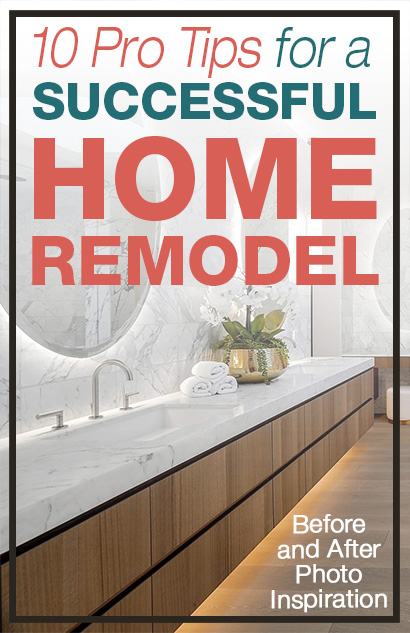
TIPS & INSPIRATION FOR A SUCCESSFUL REMODEL | by Sara Plaisted
Interior Design by Lori Dennis and Sara Plaisted
Construction by SoCal Contractor

